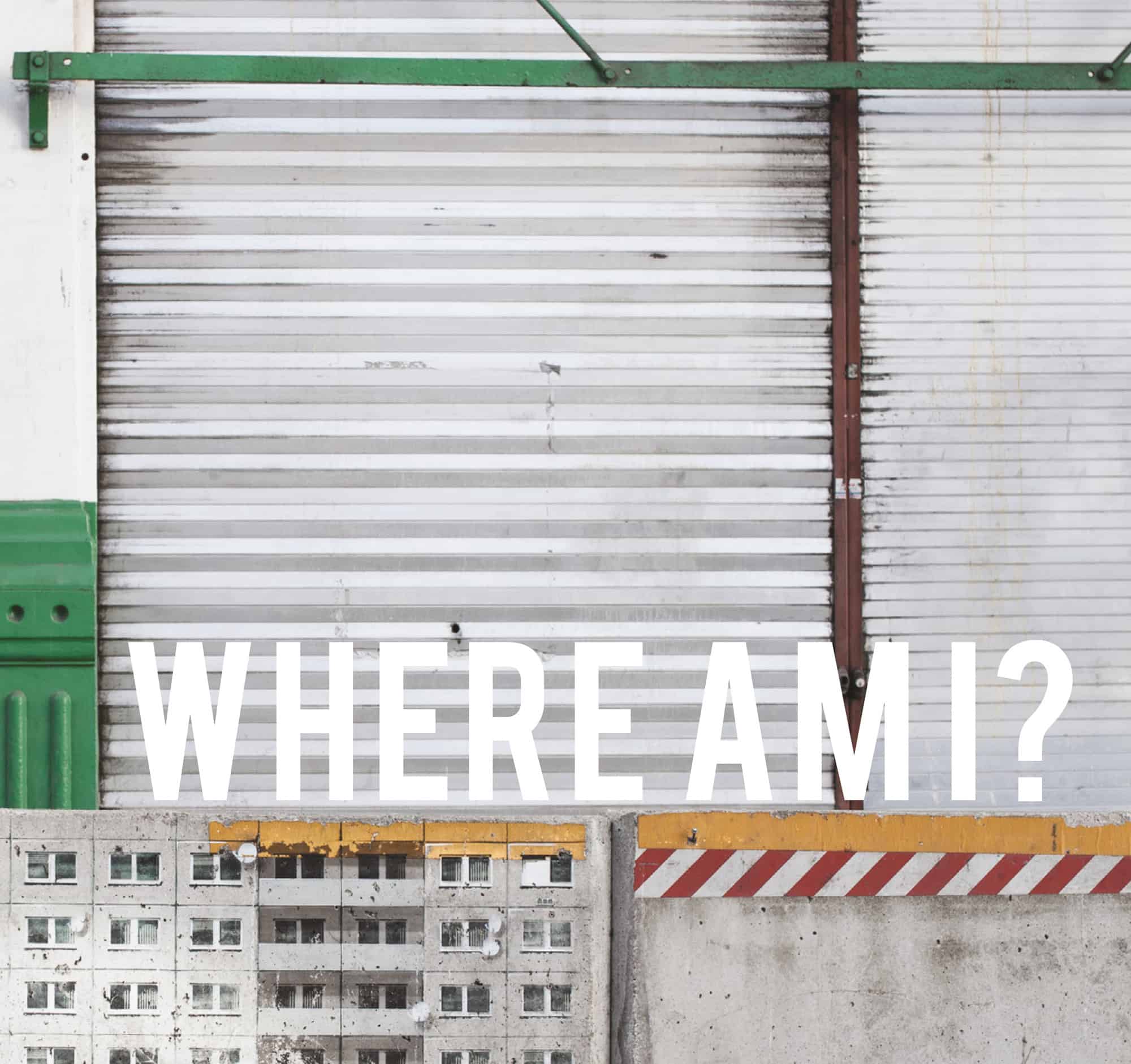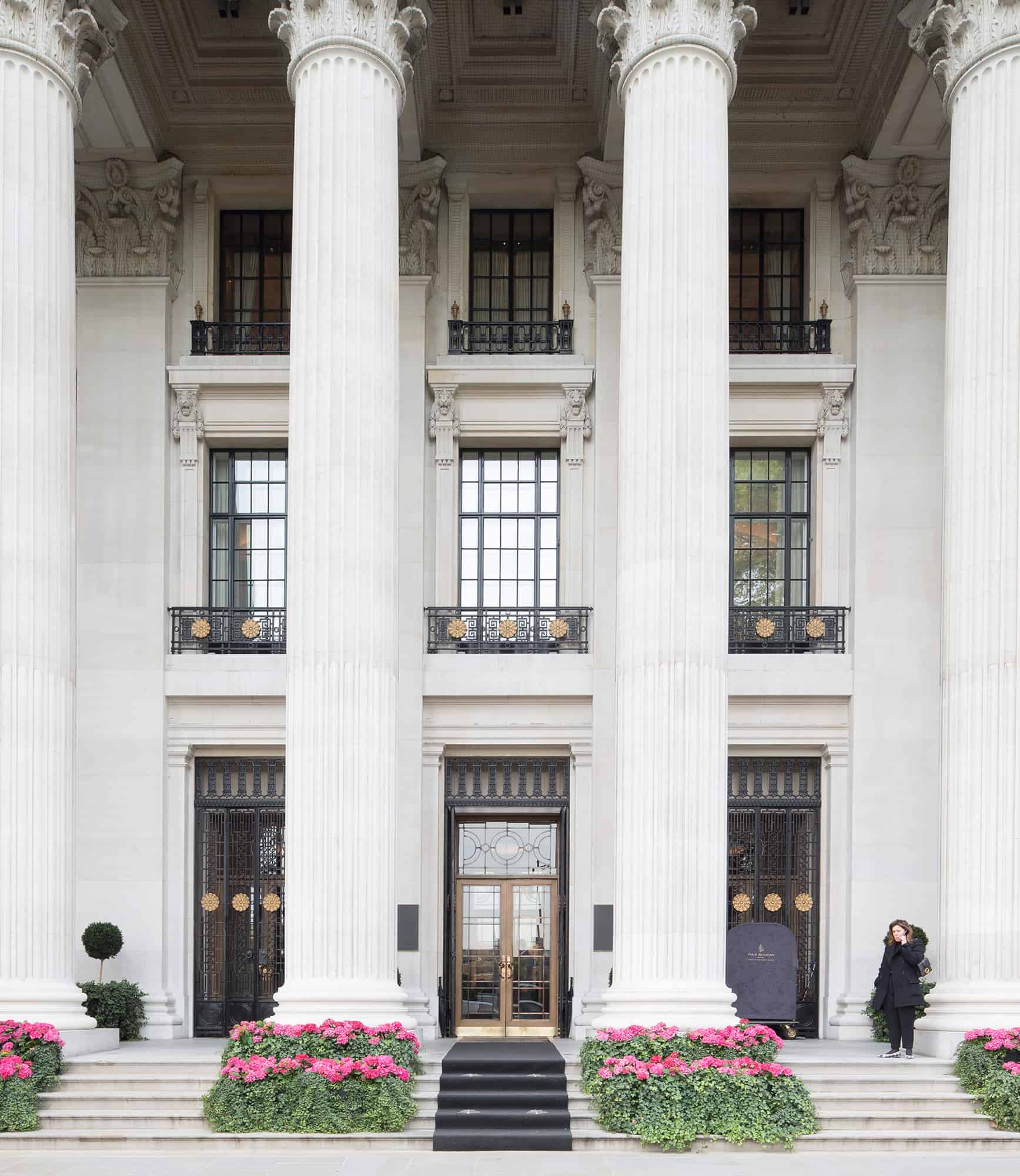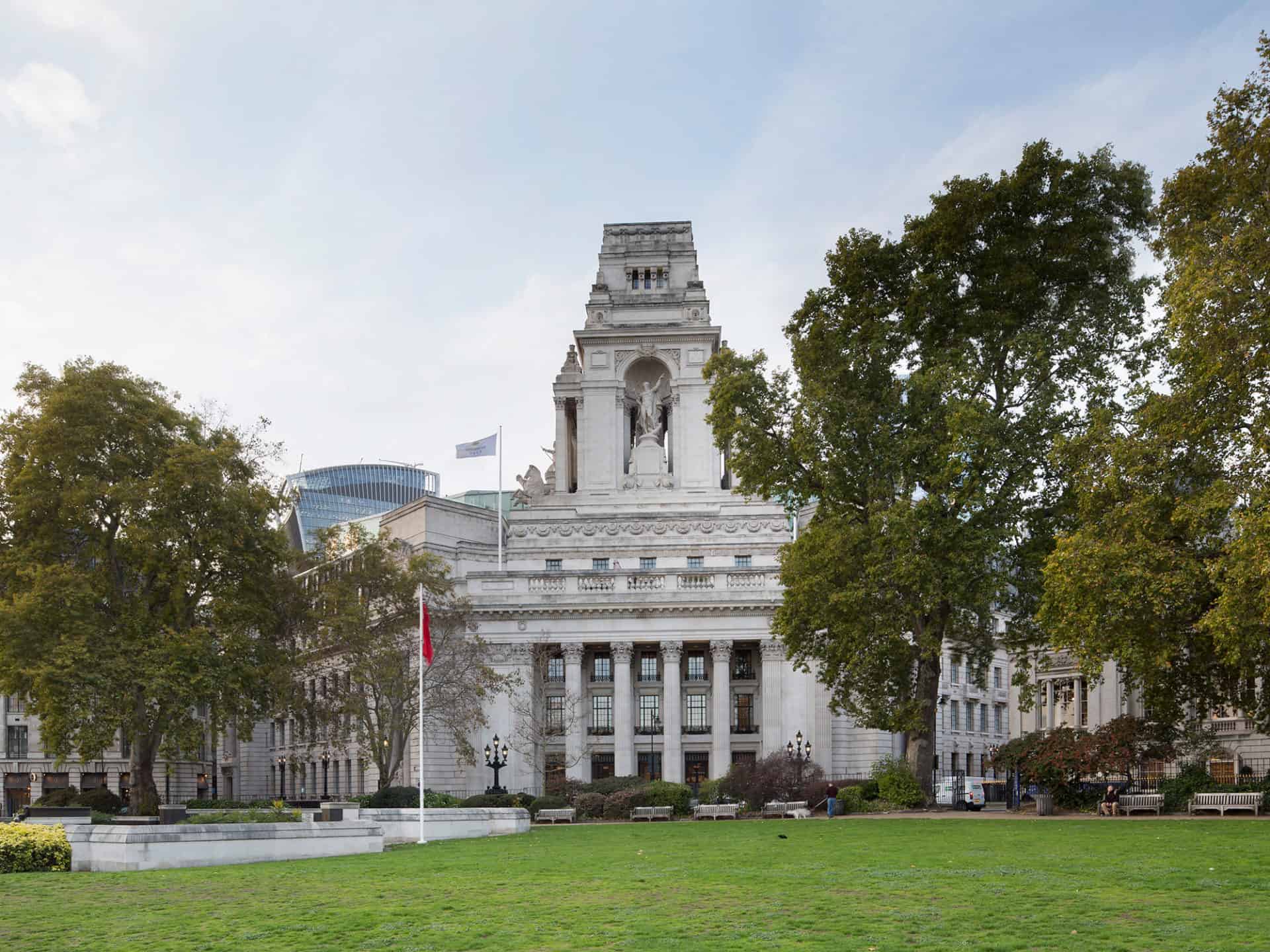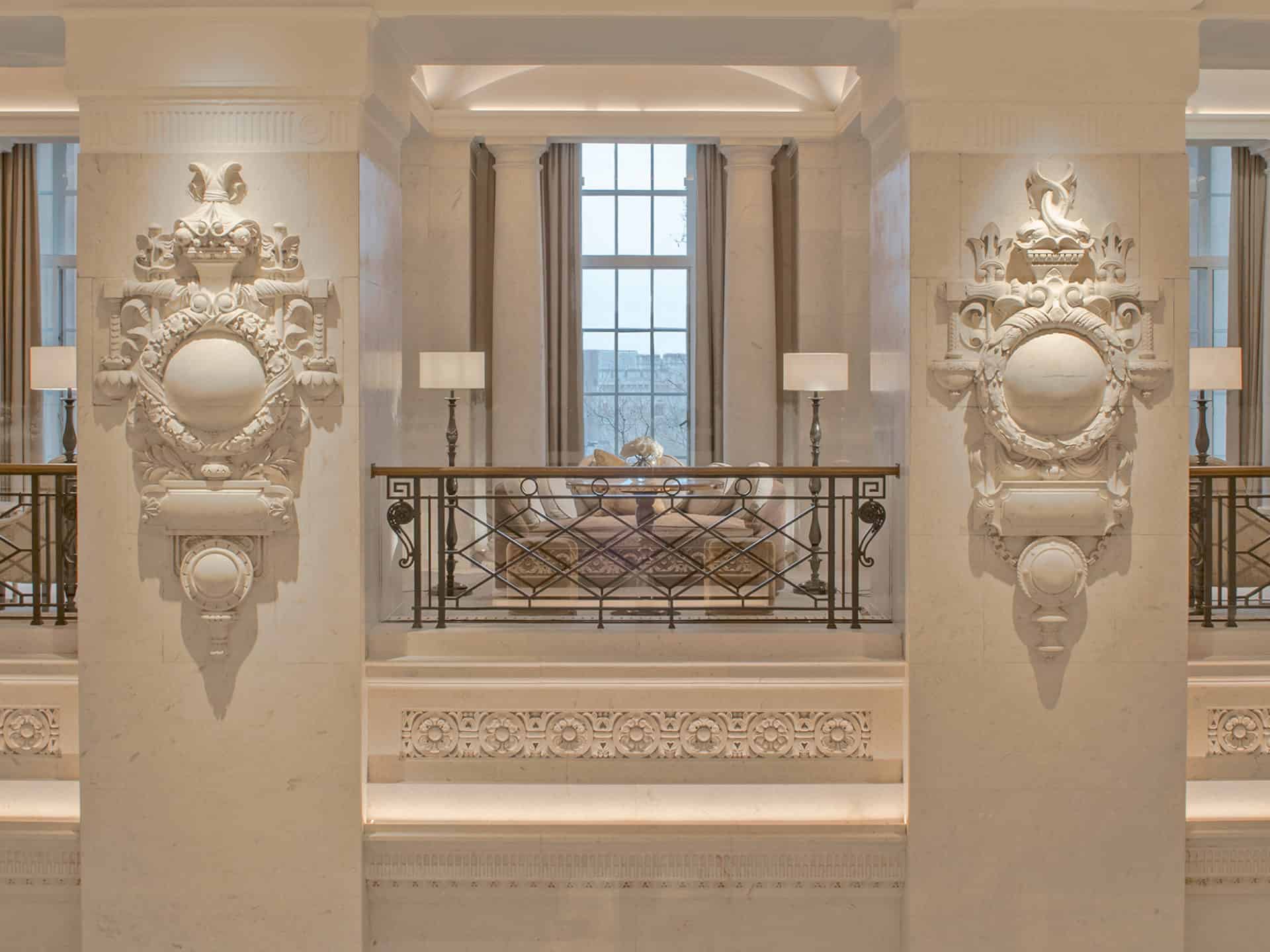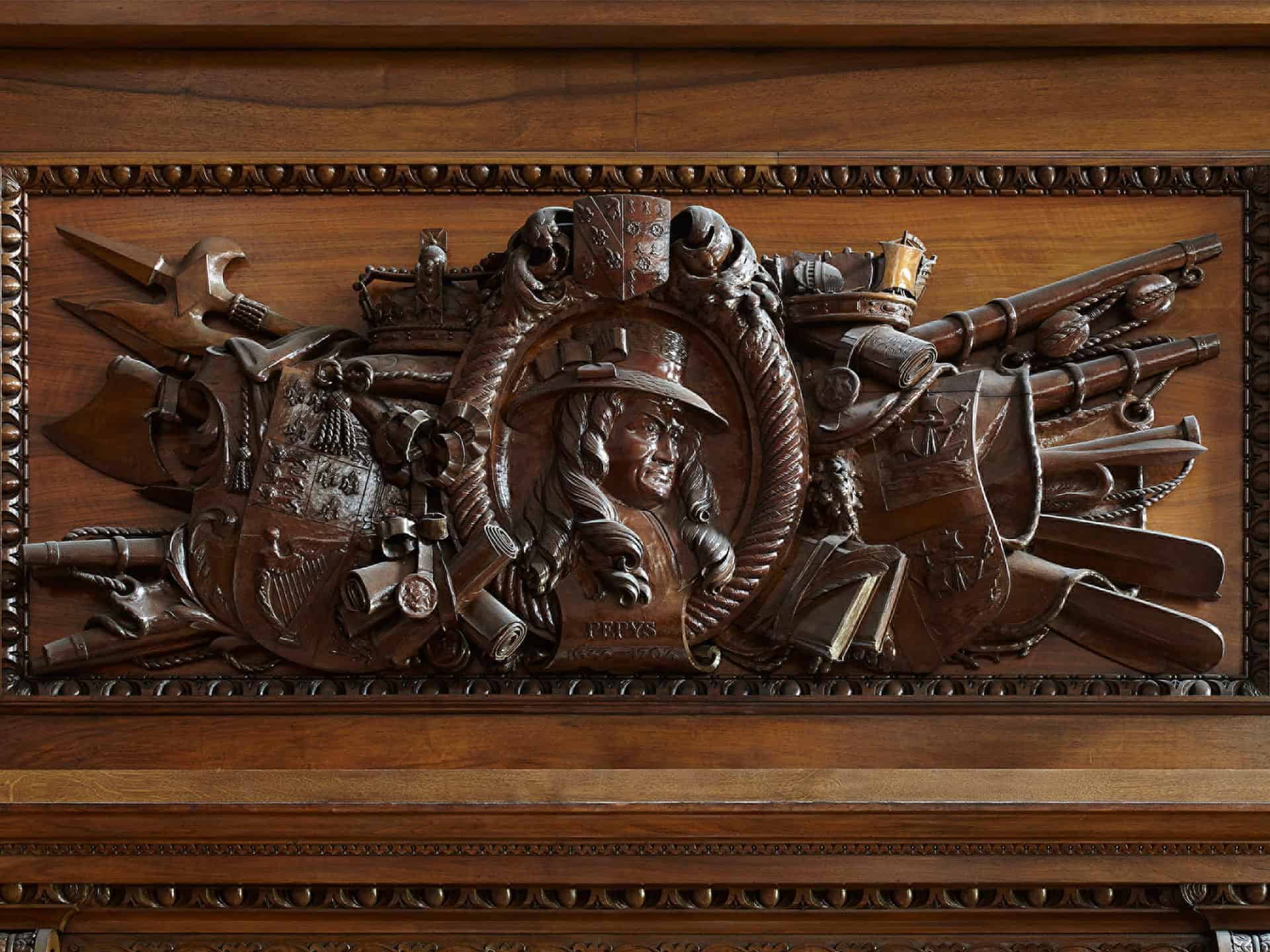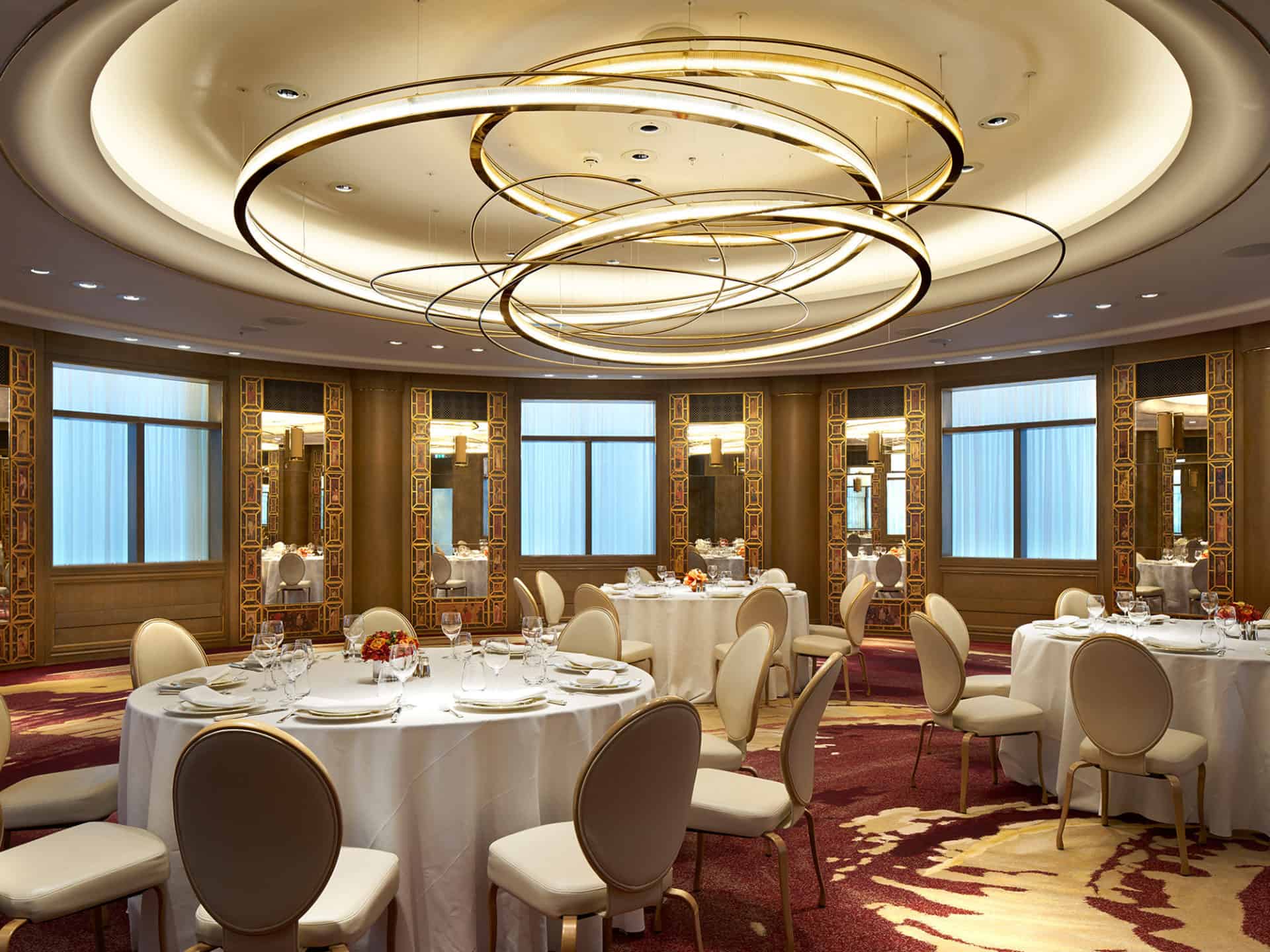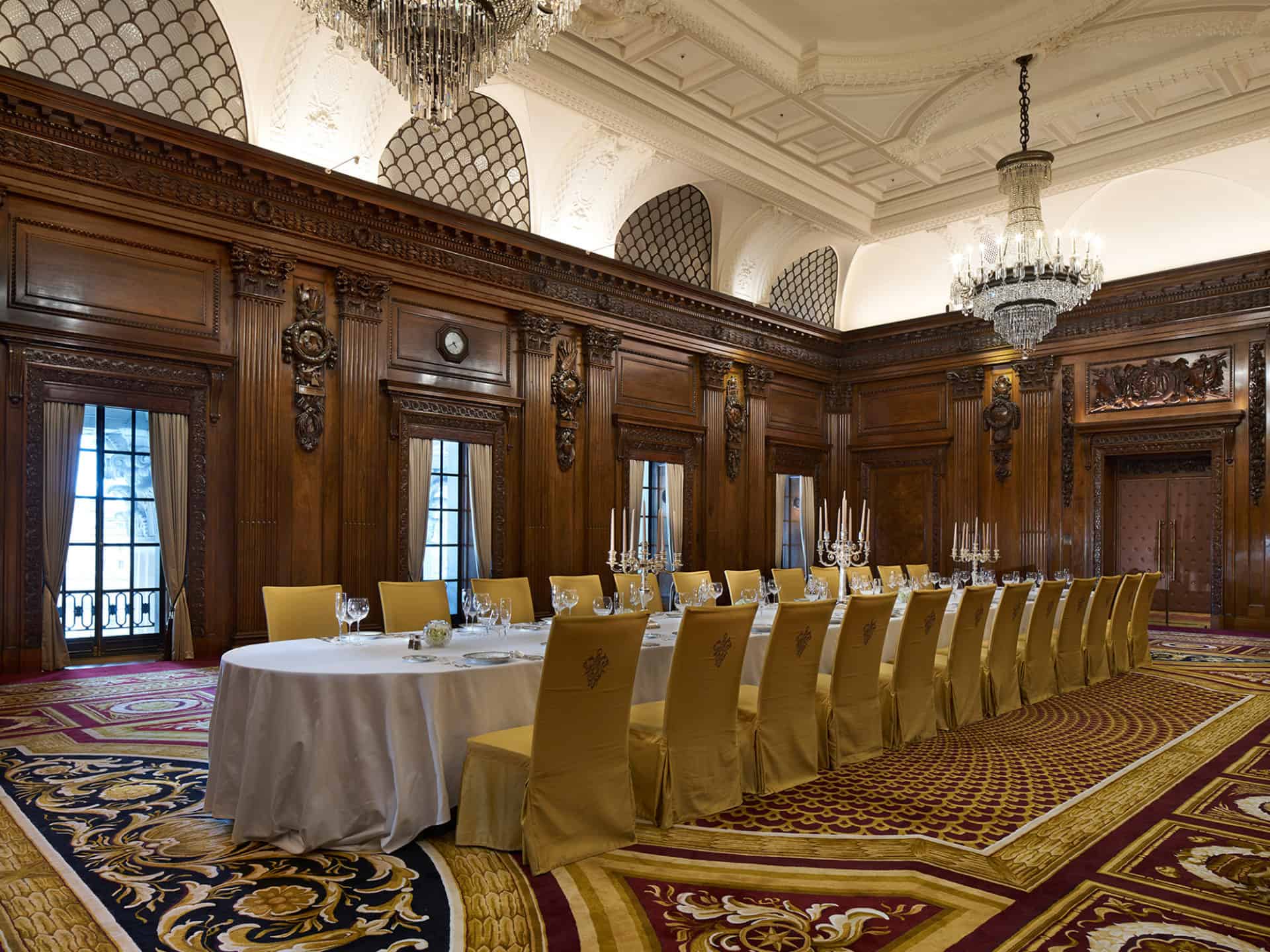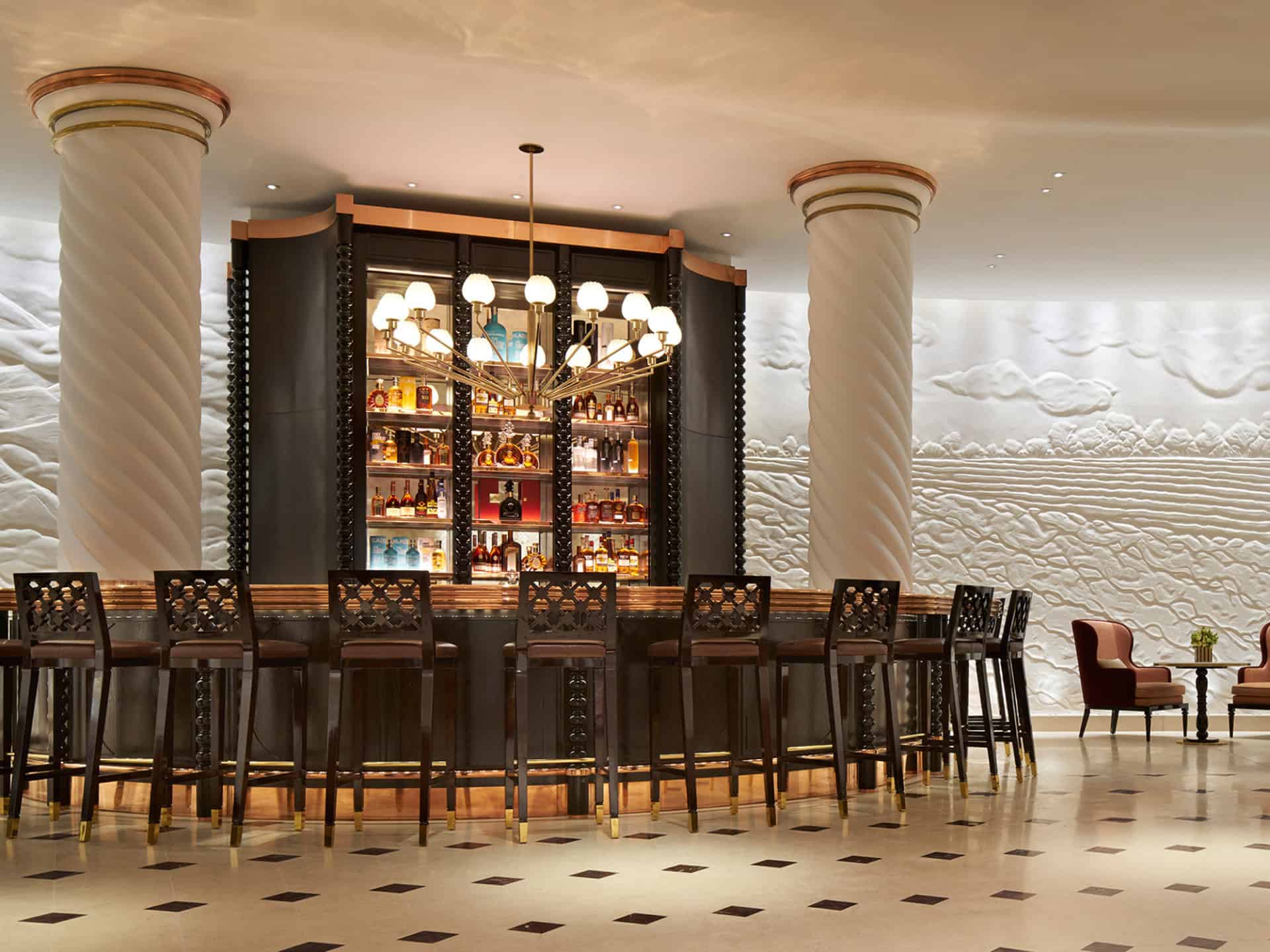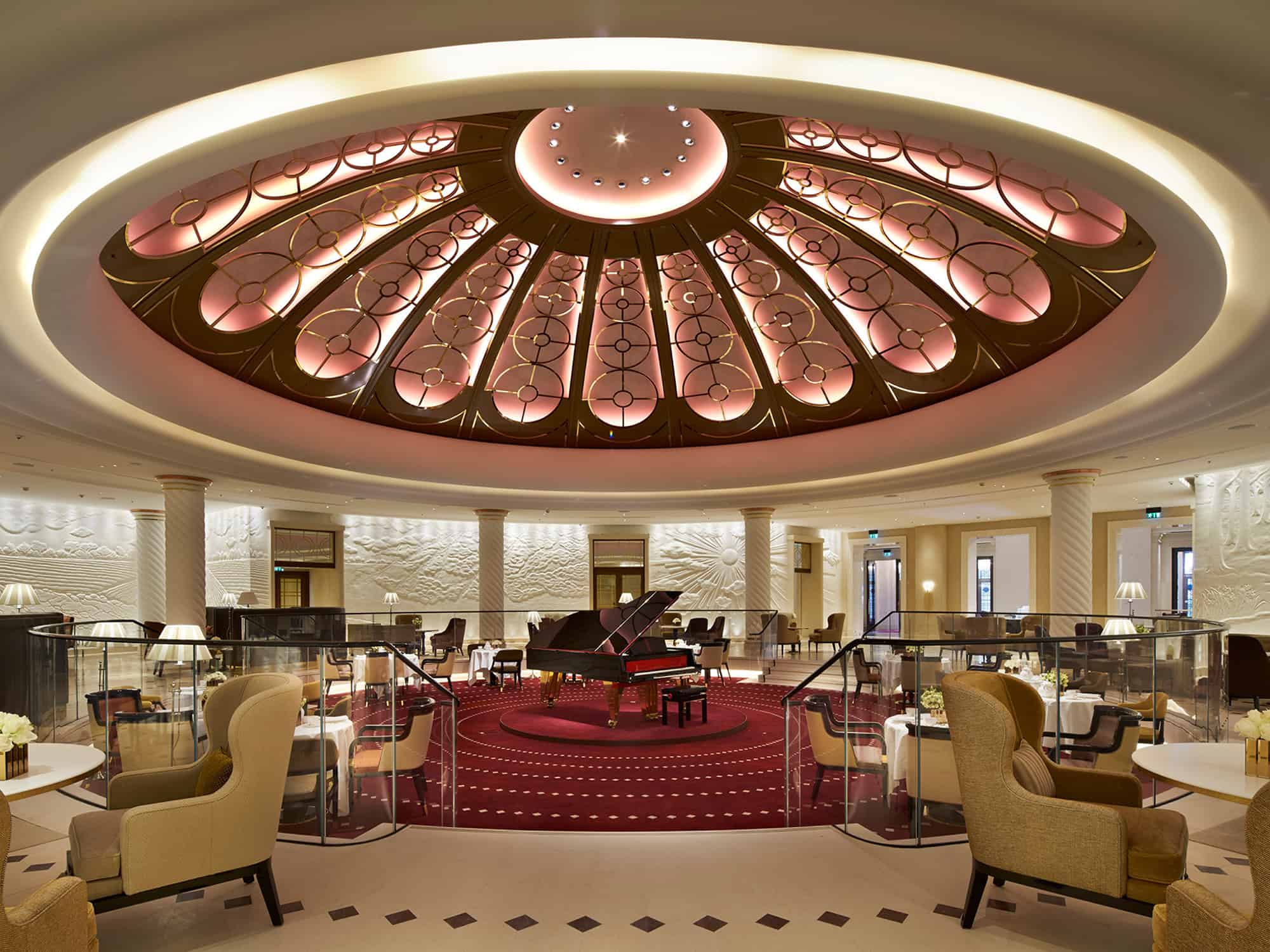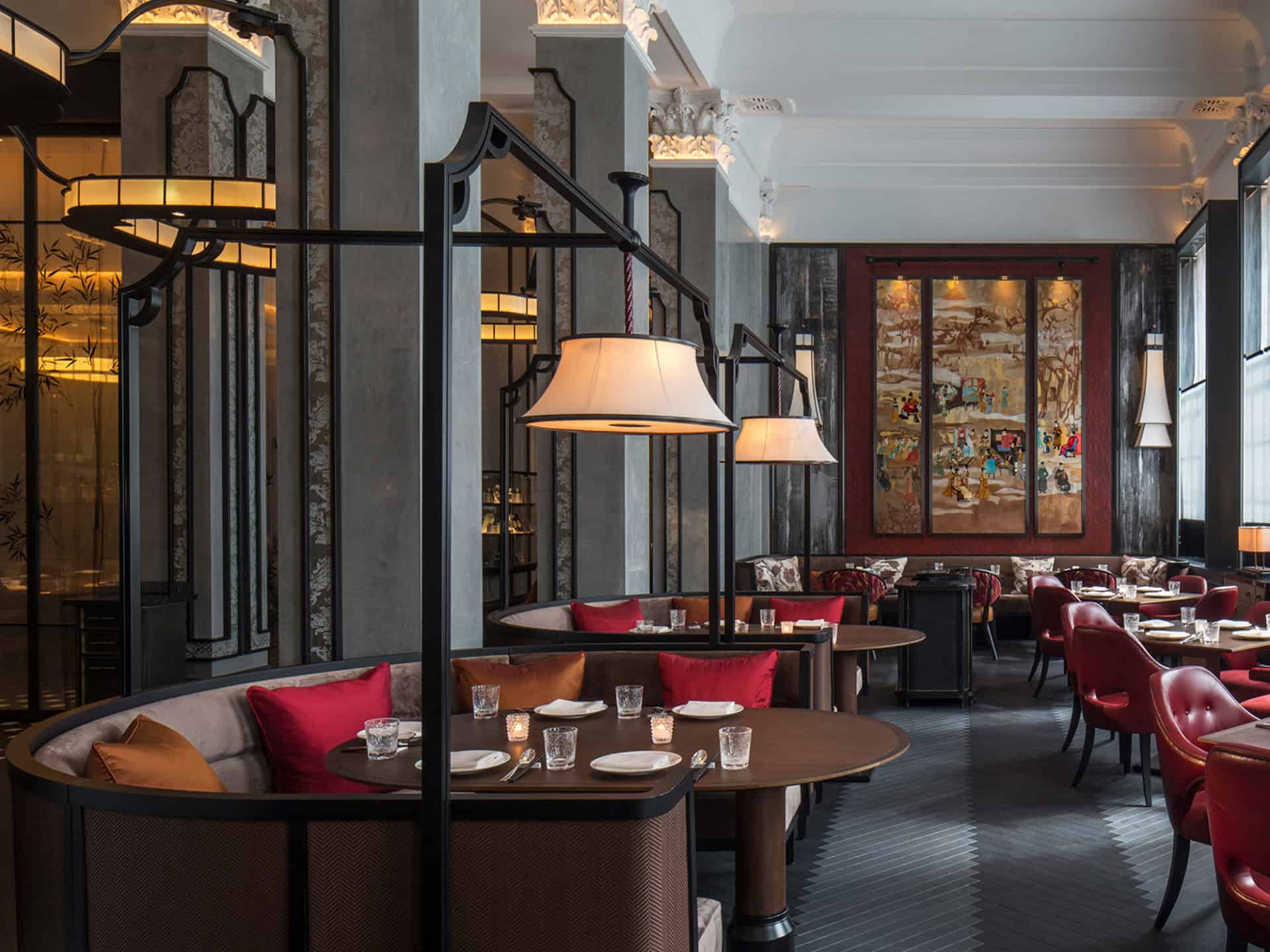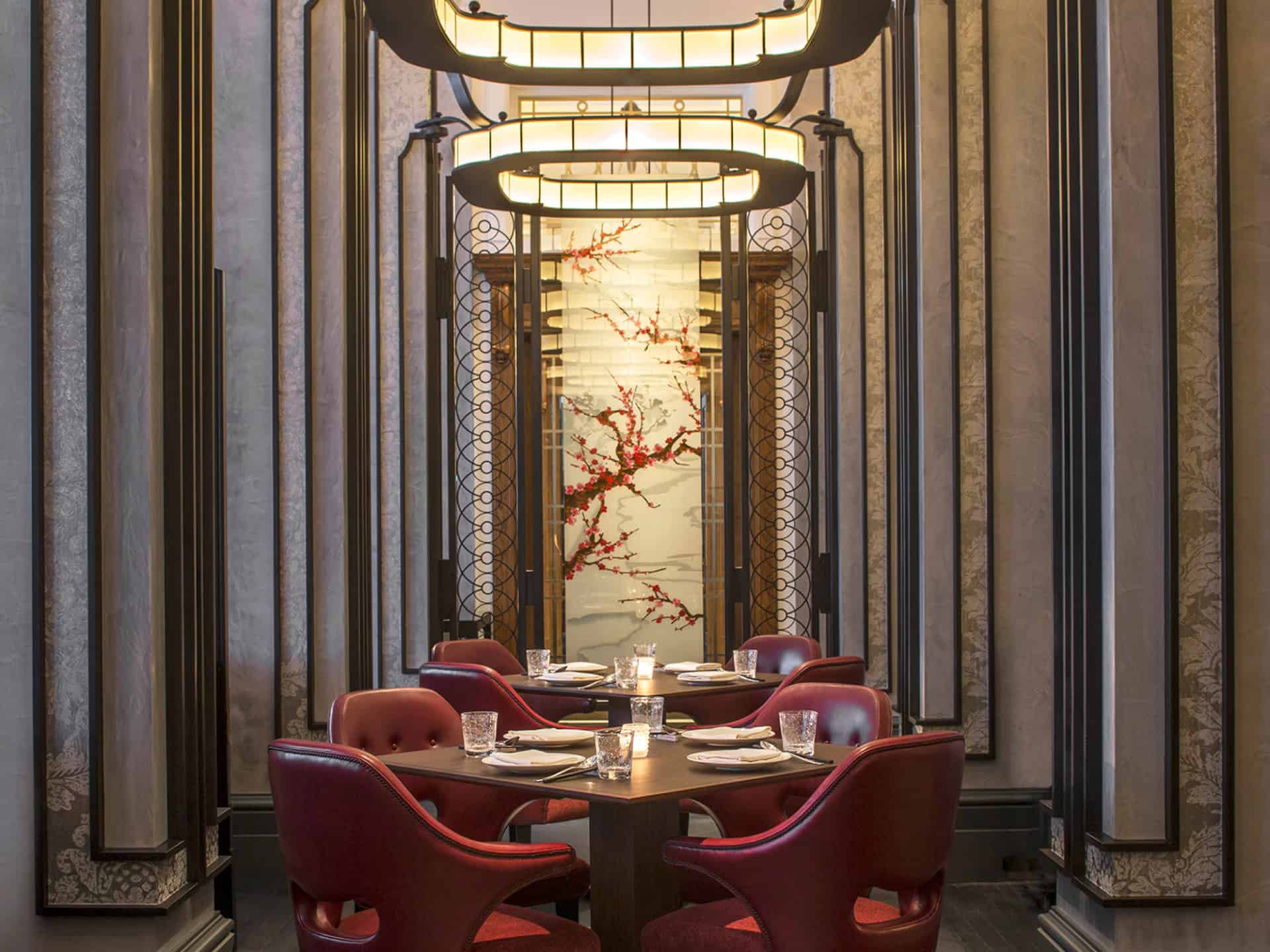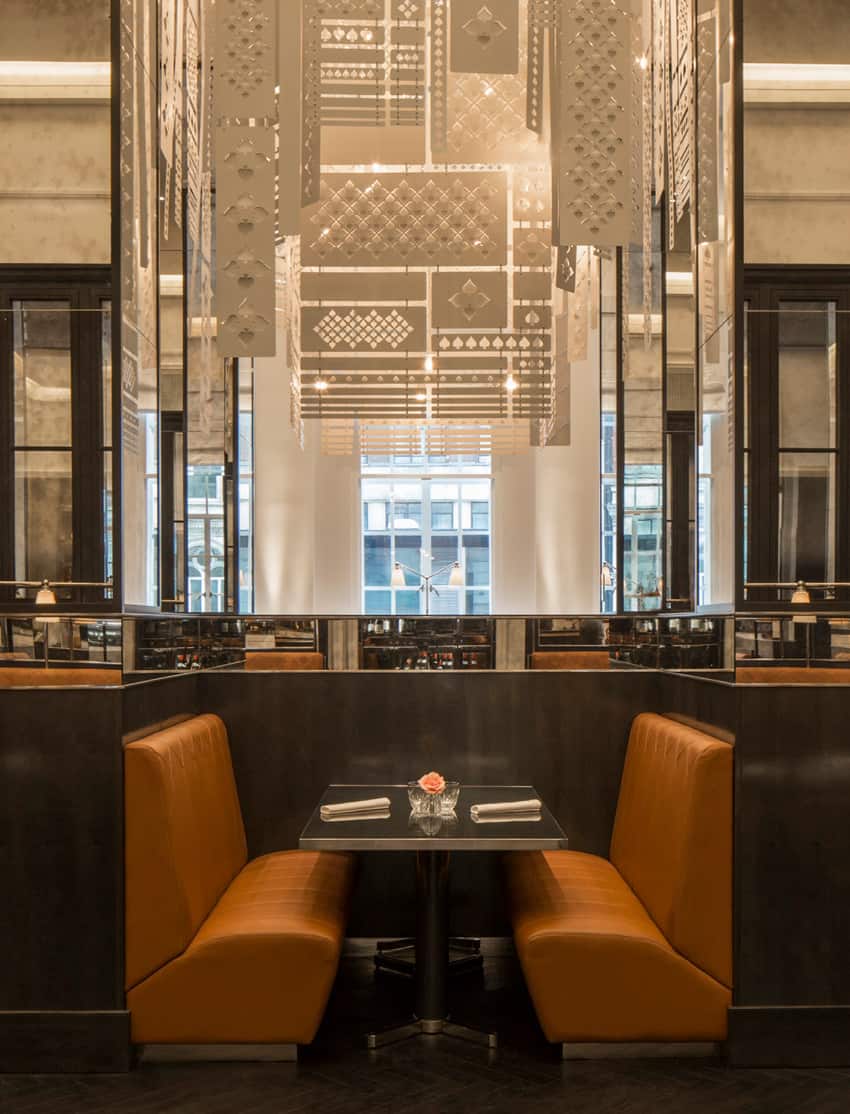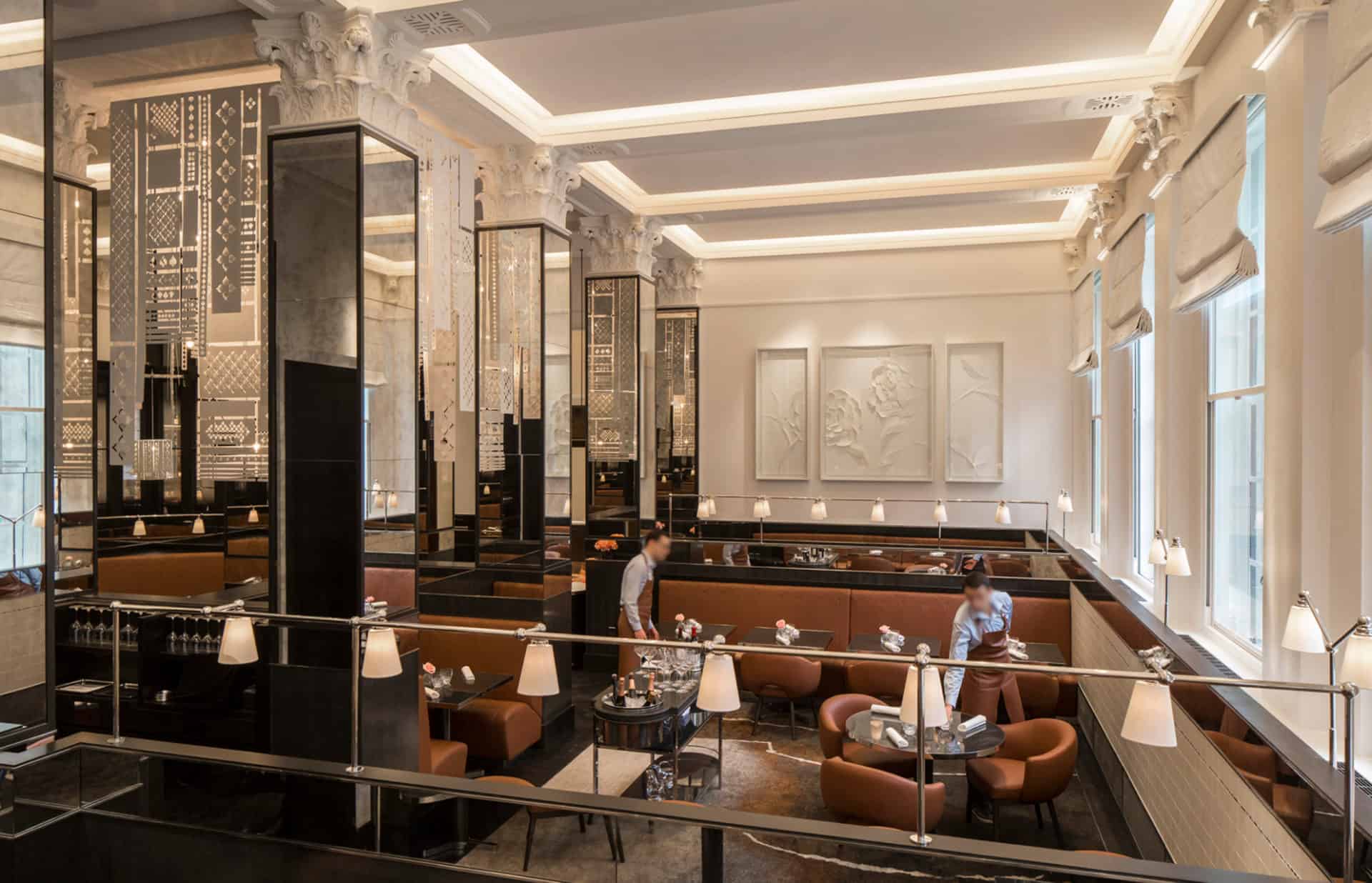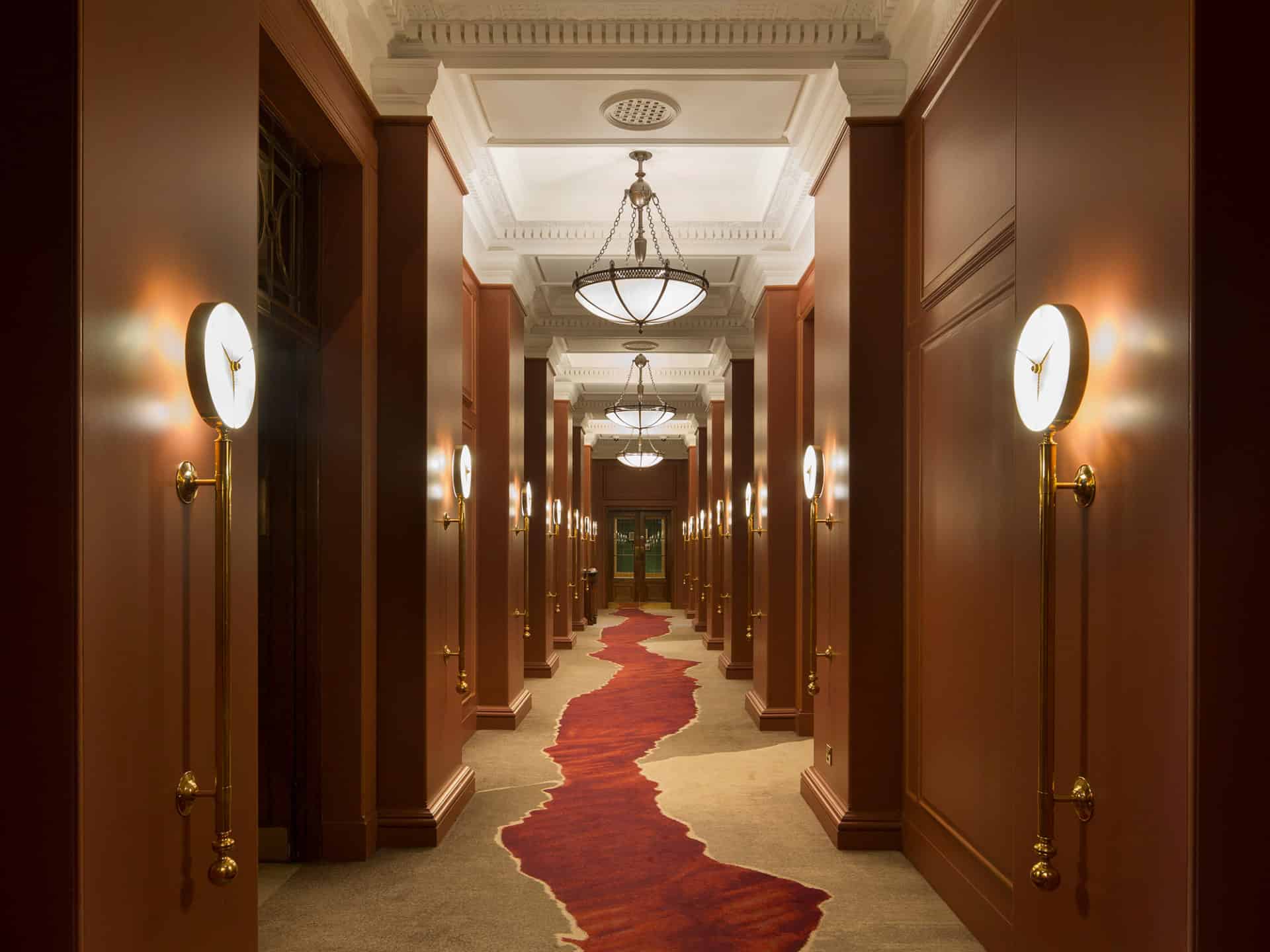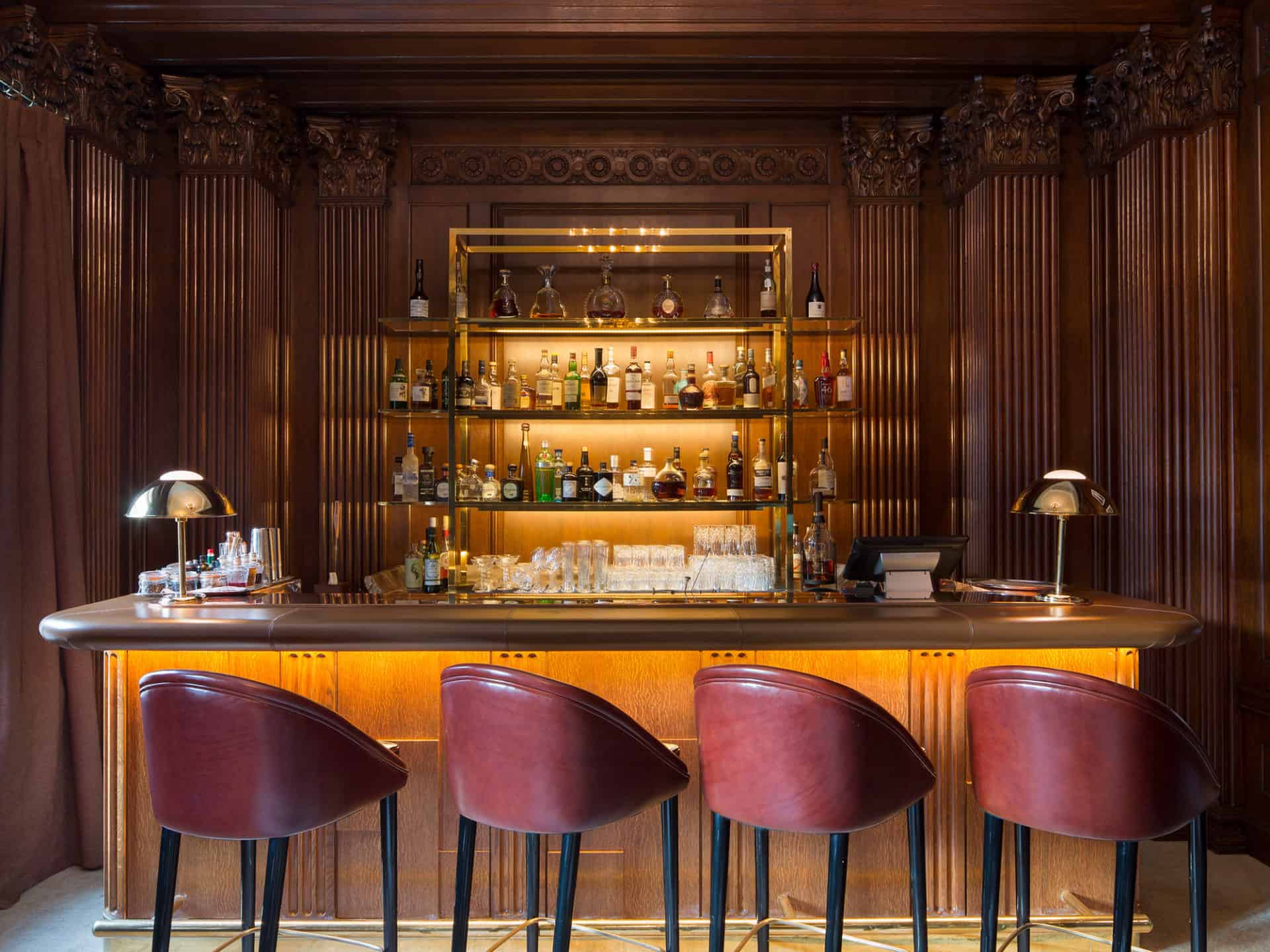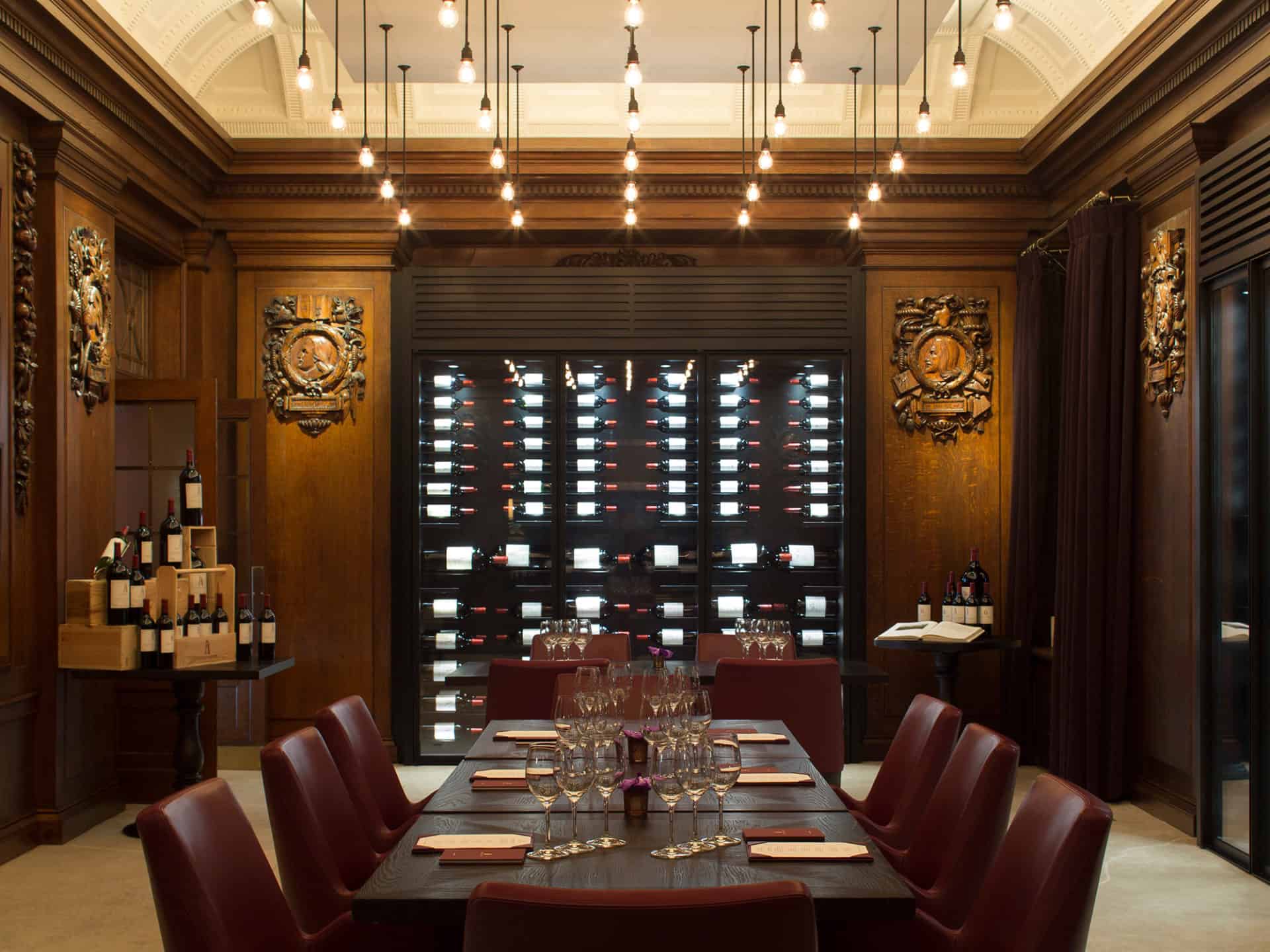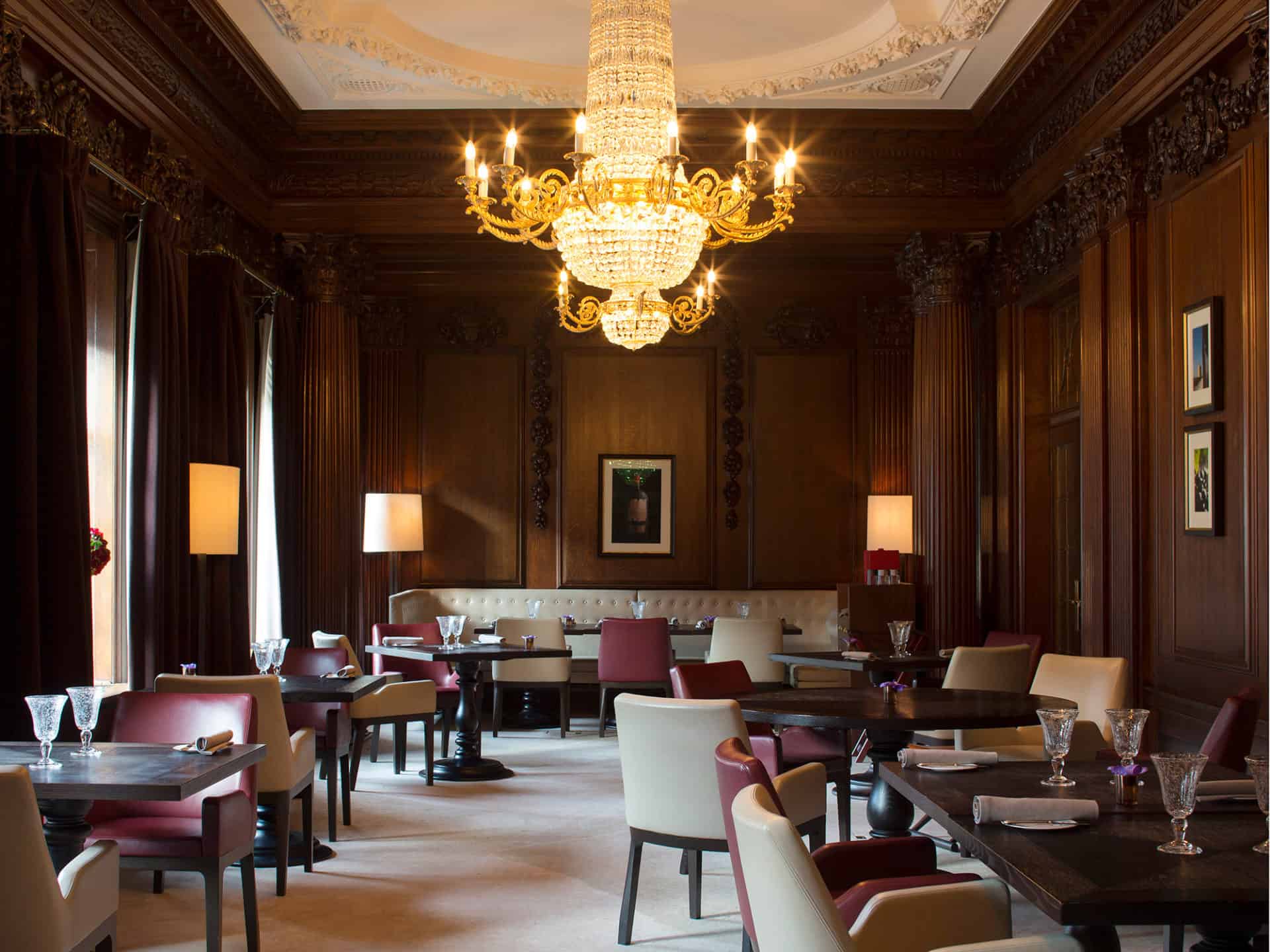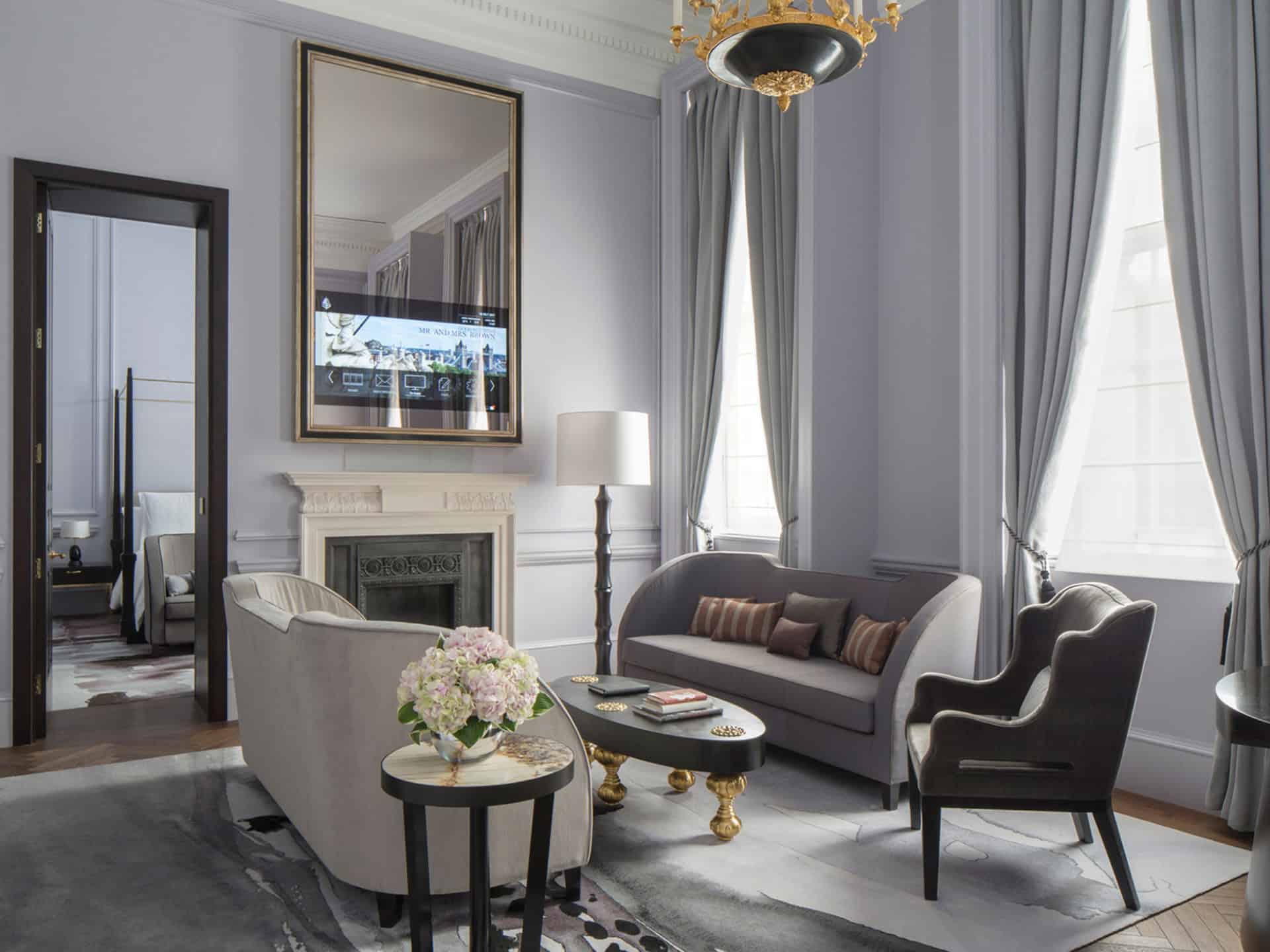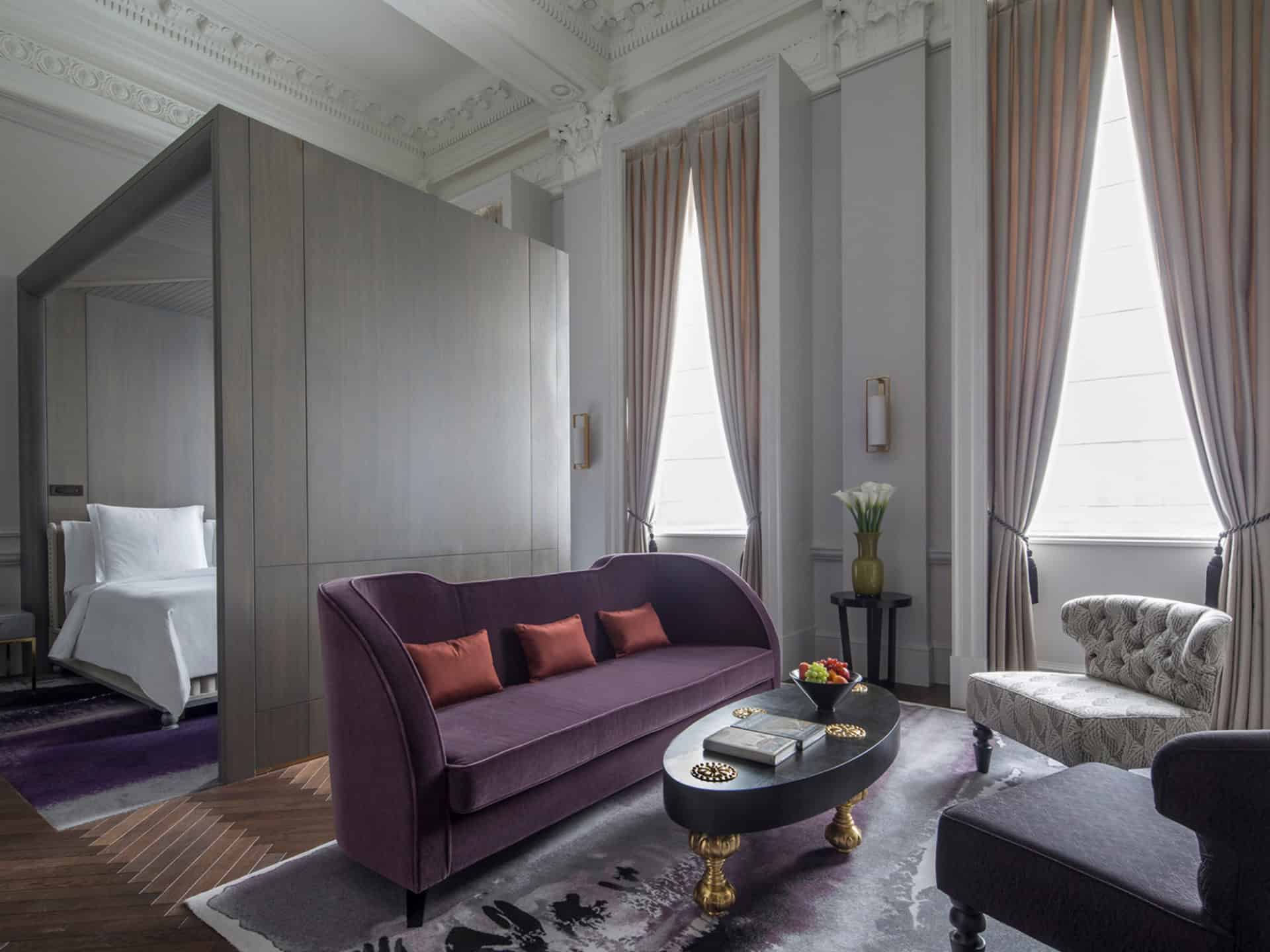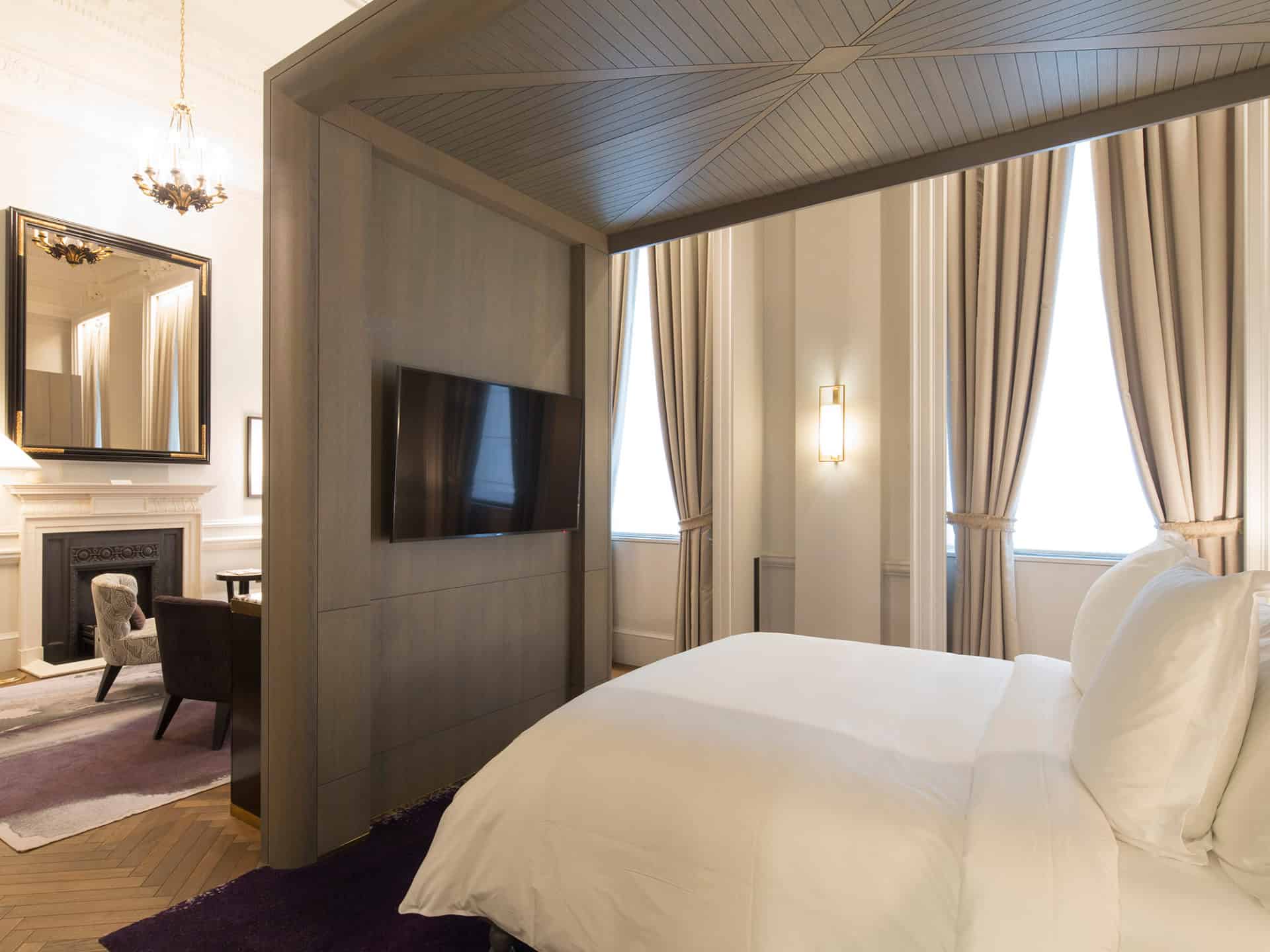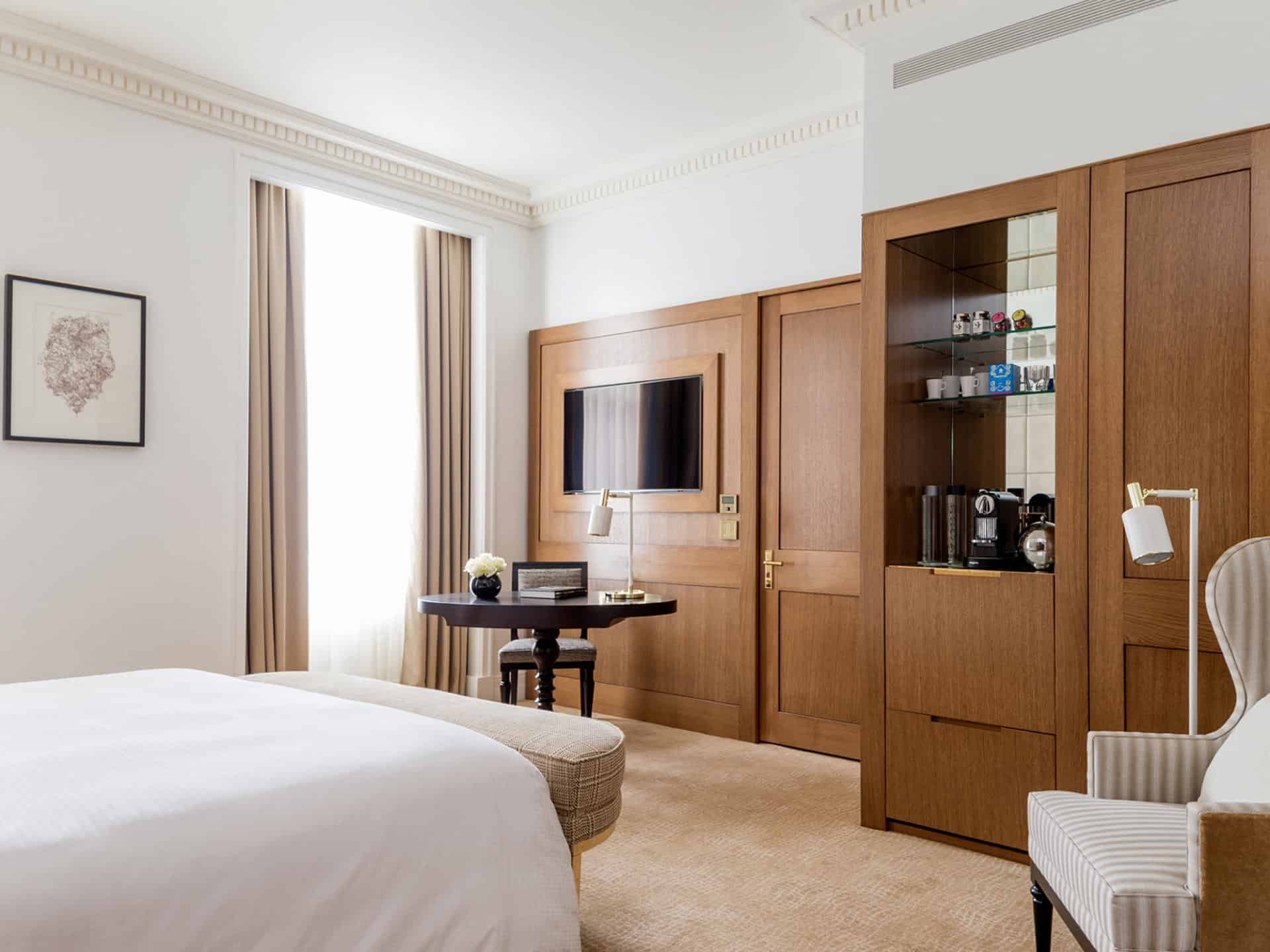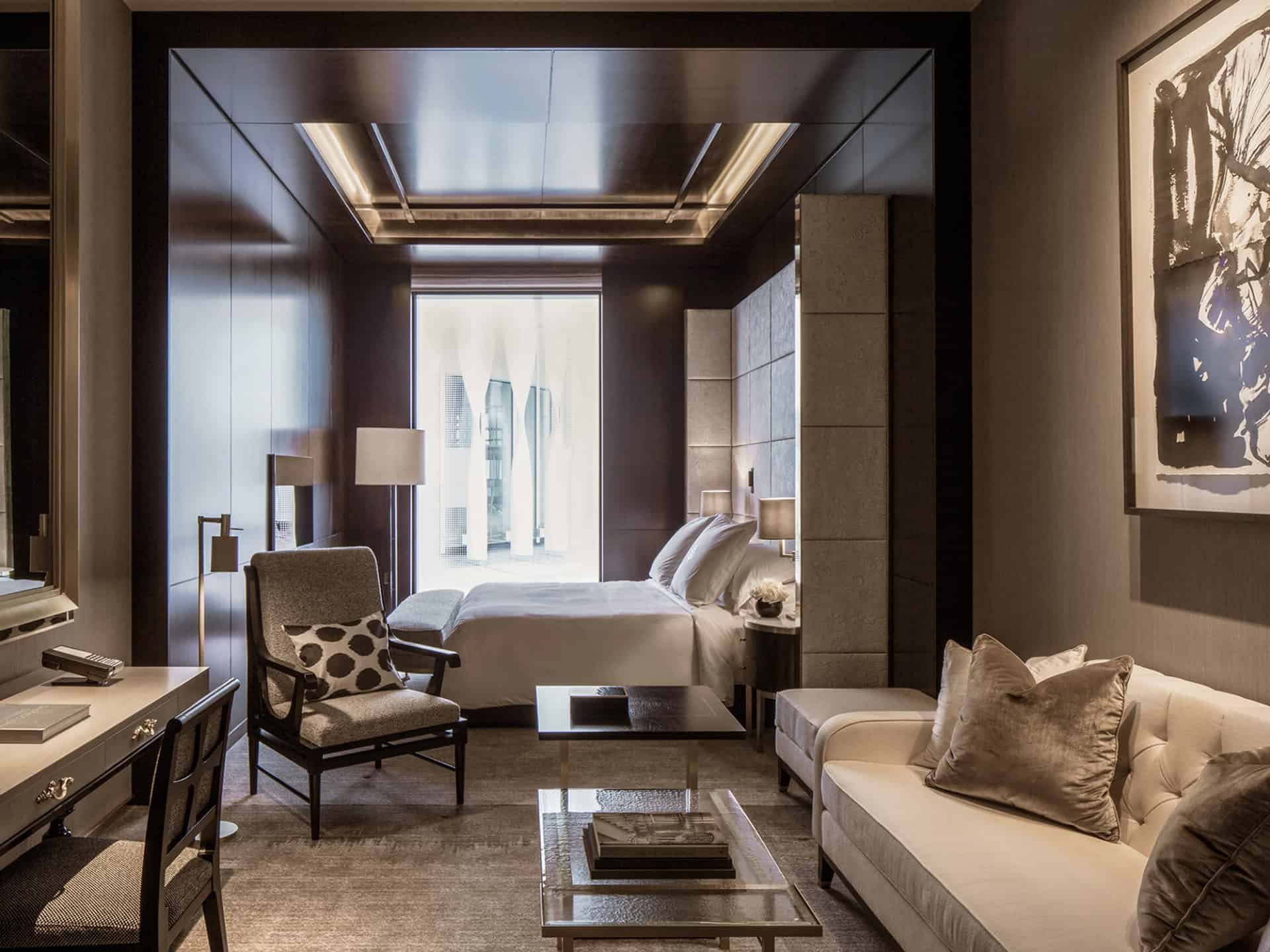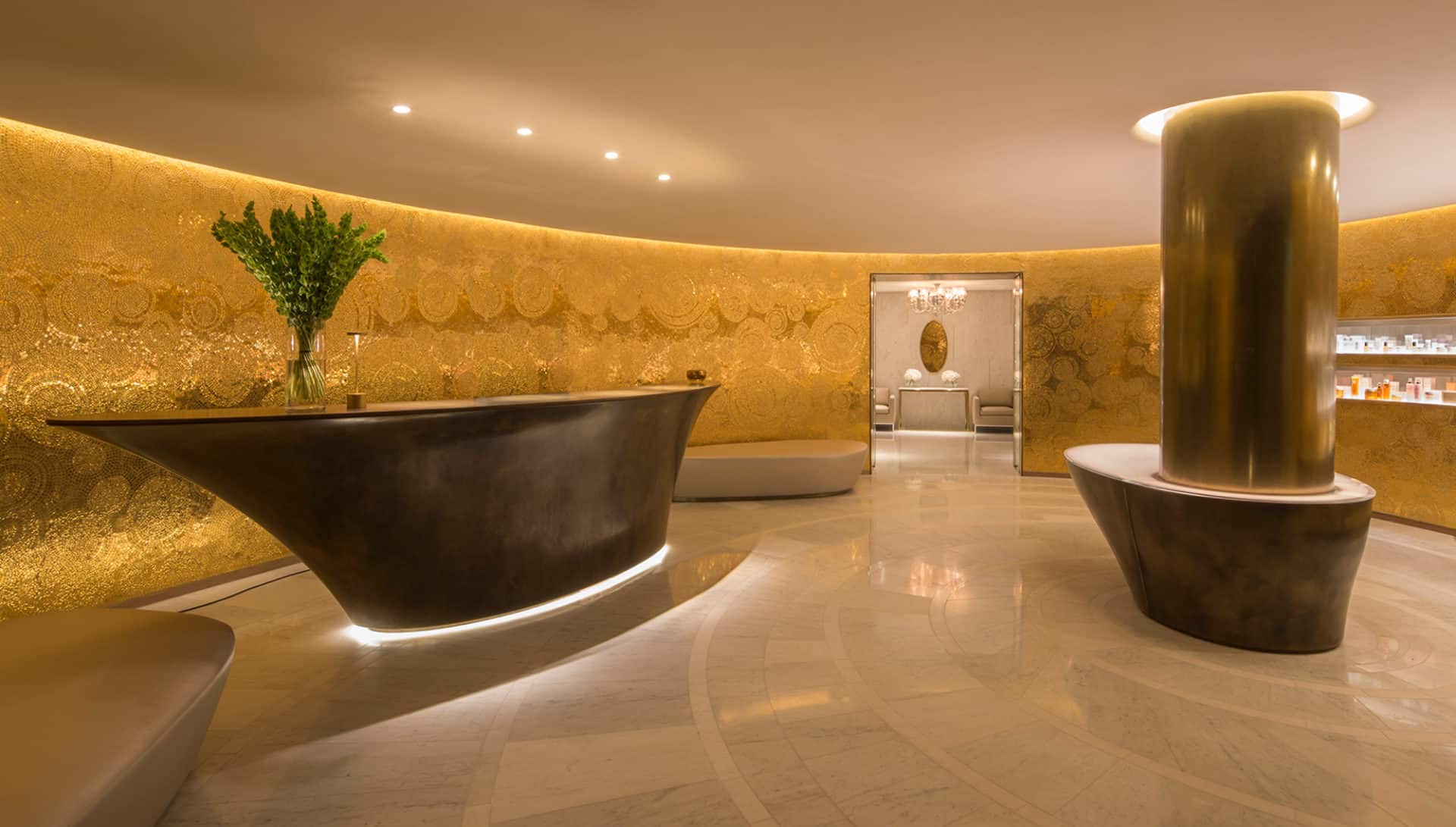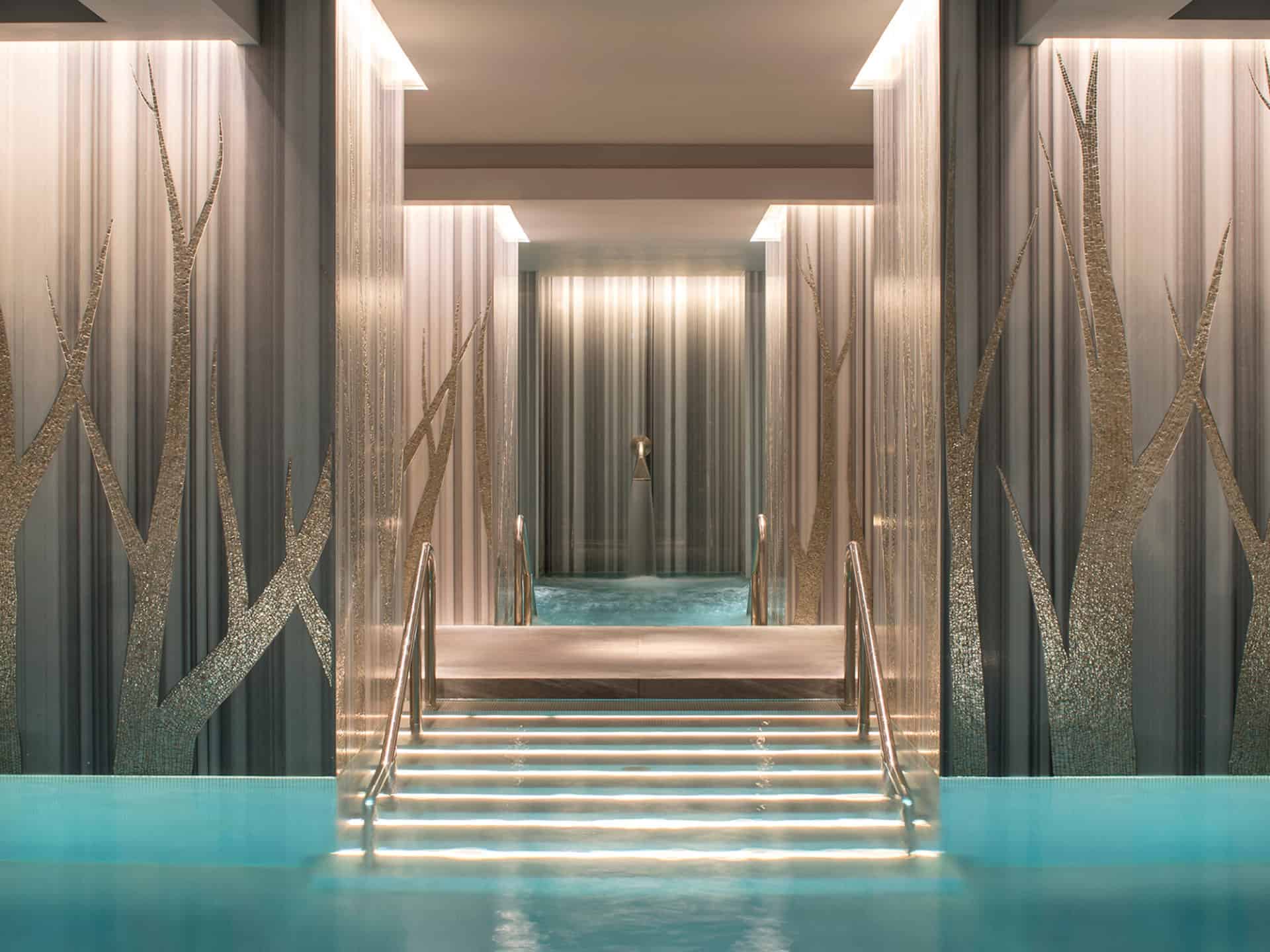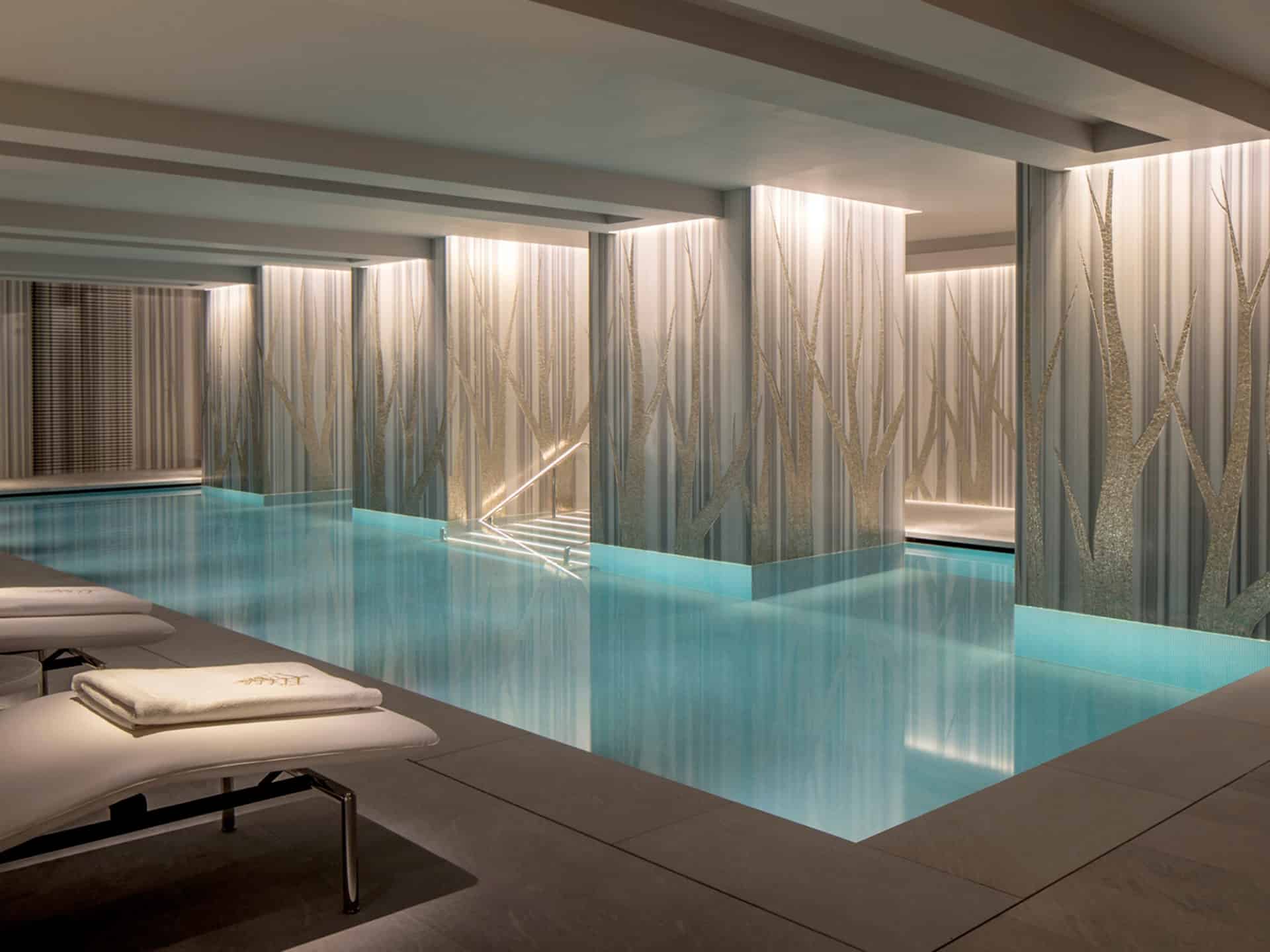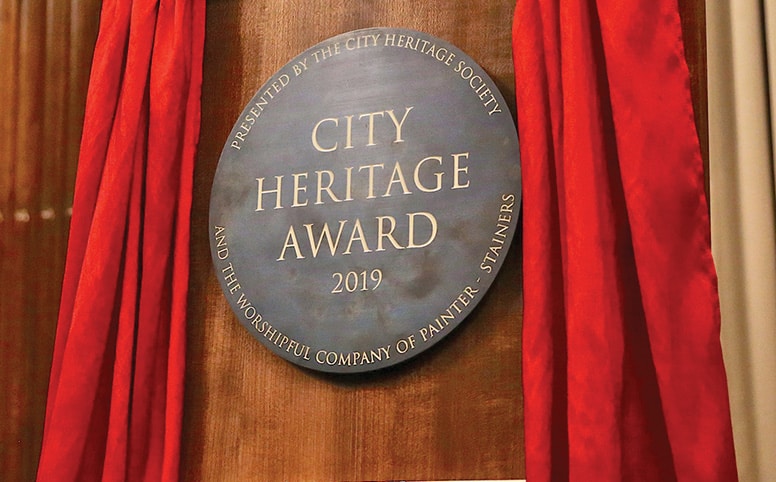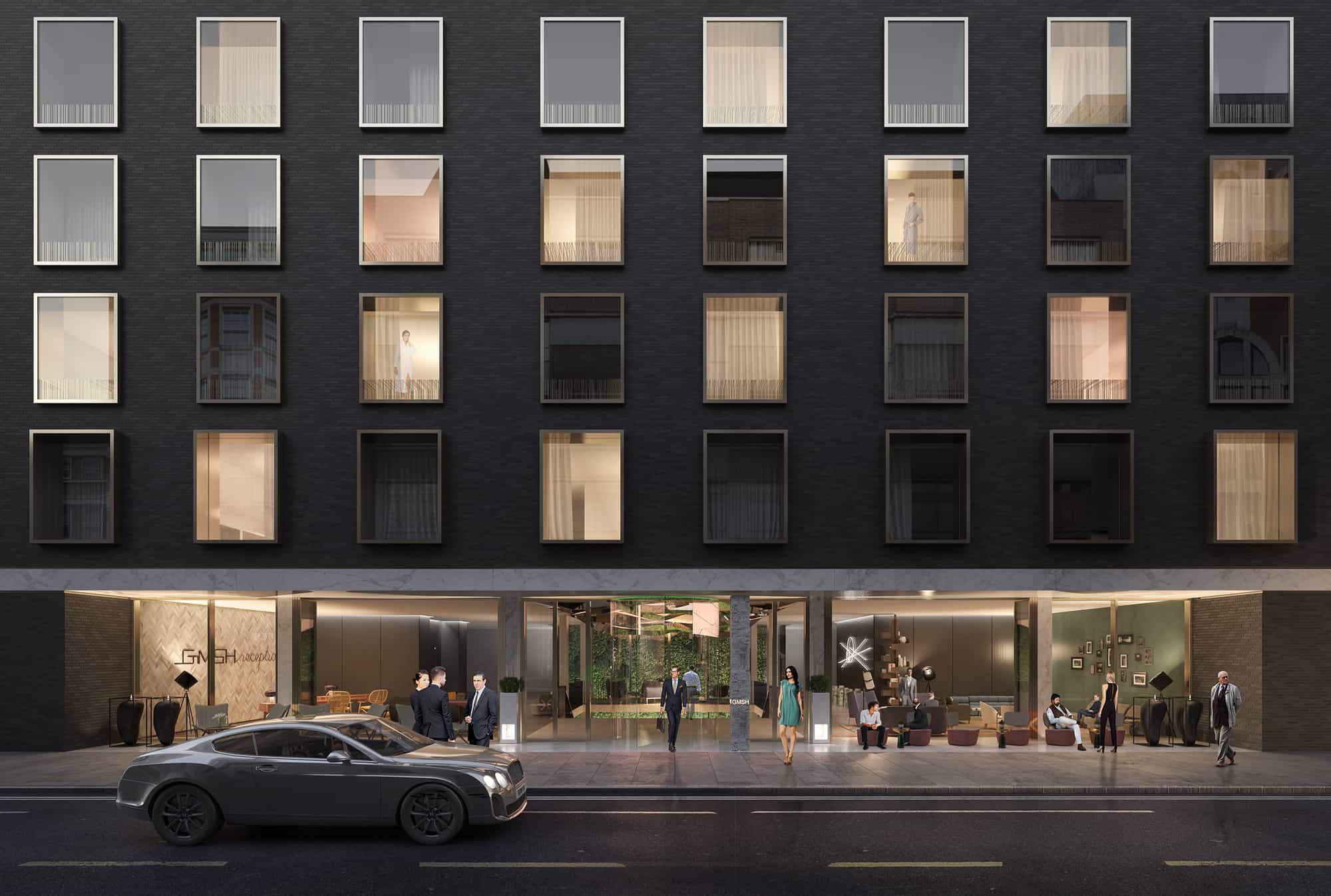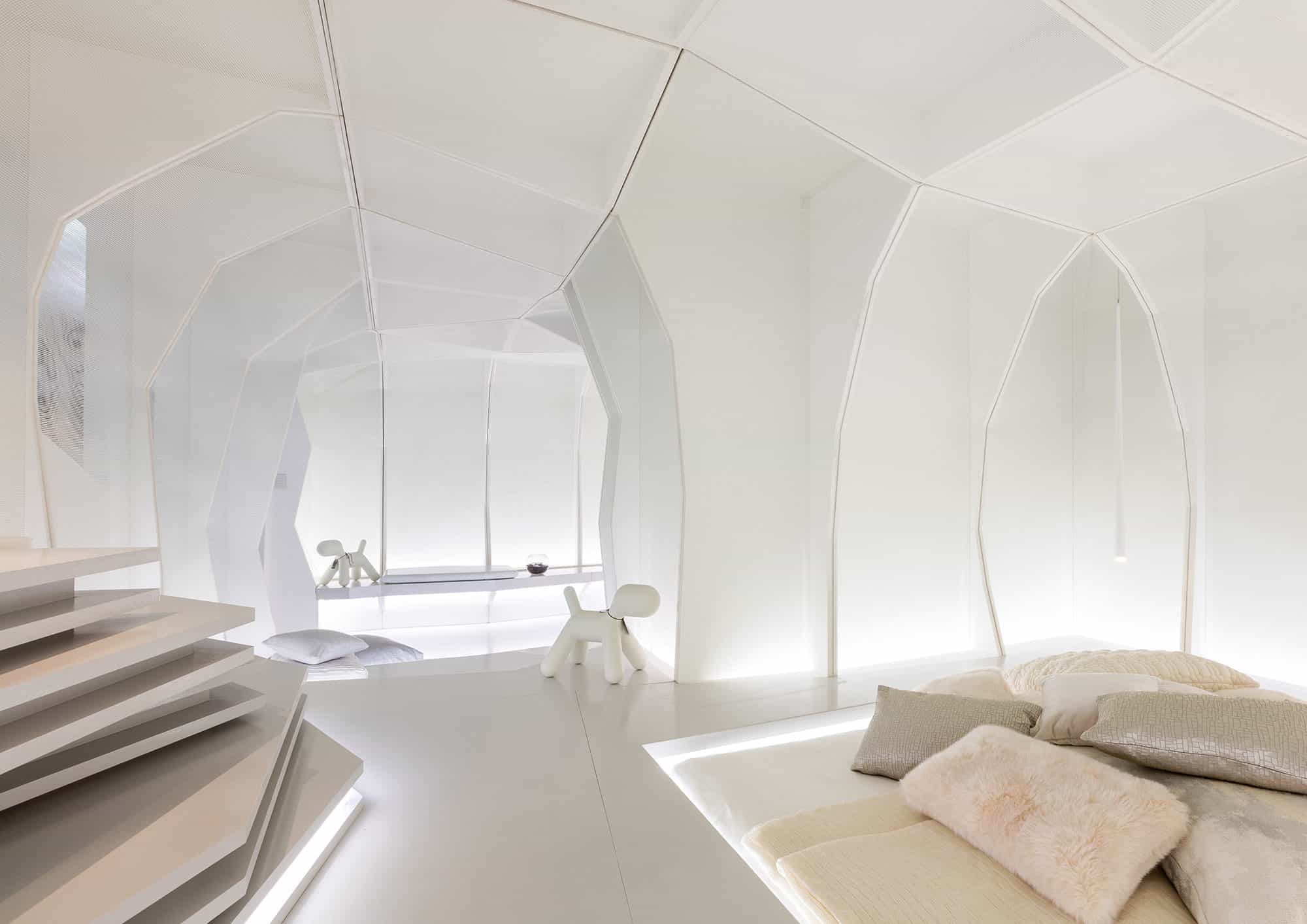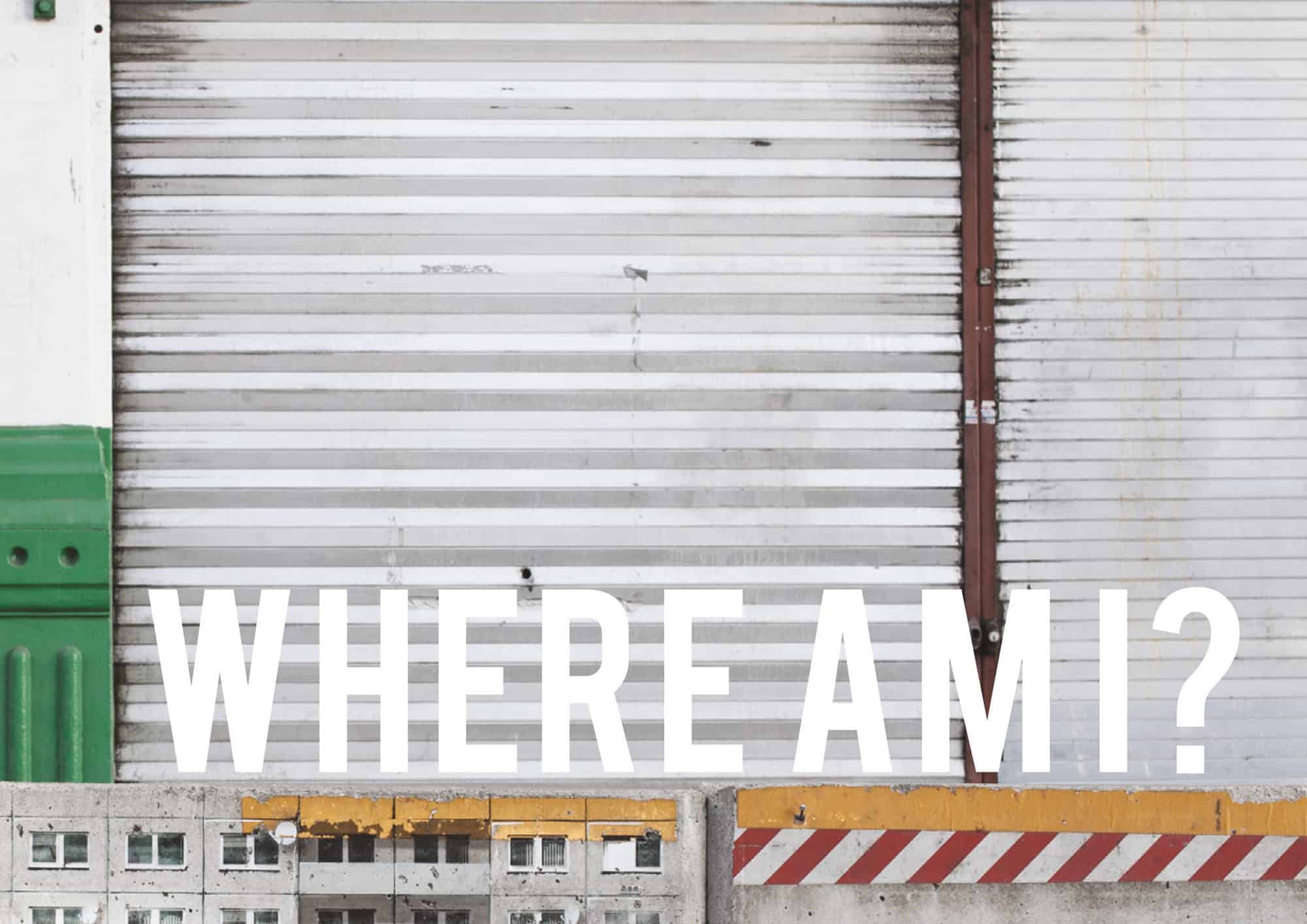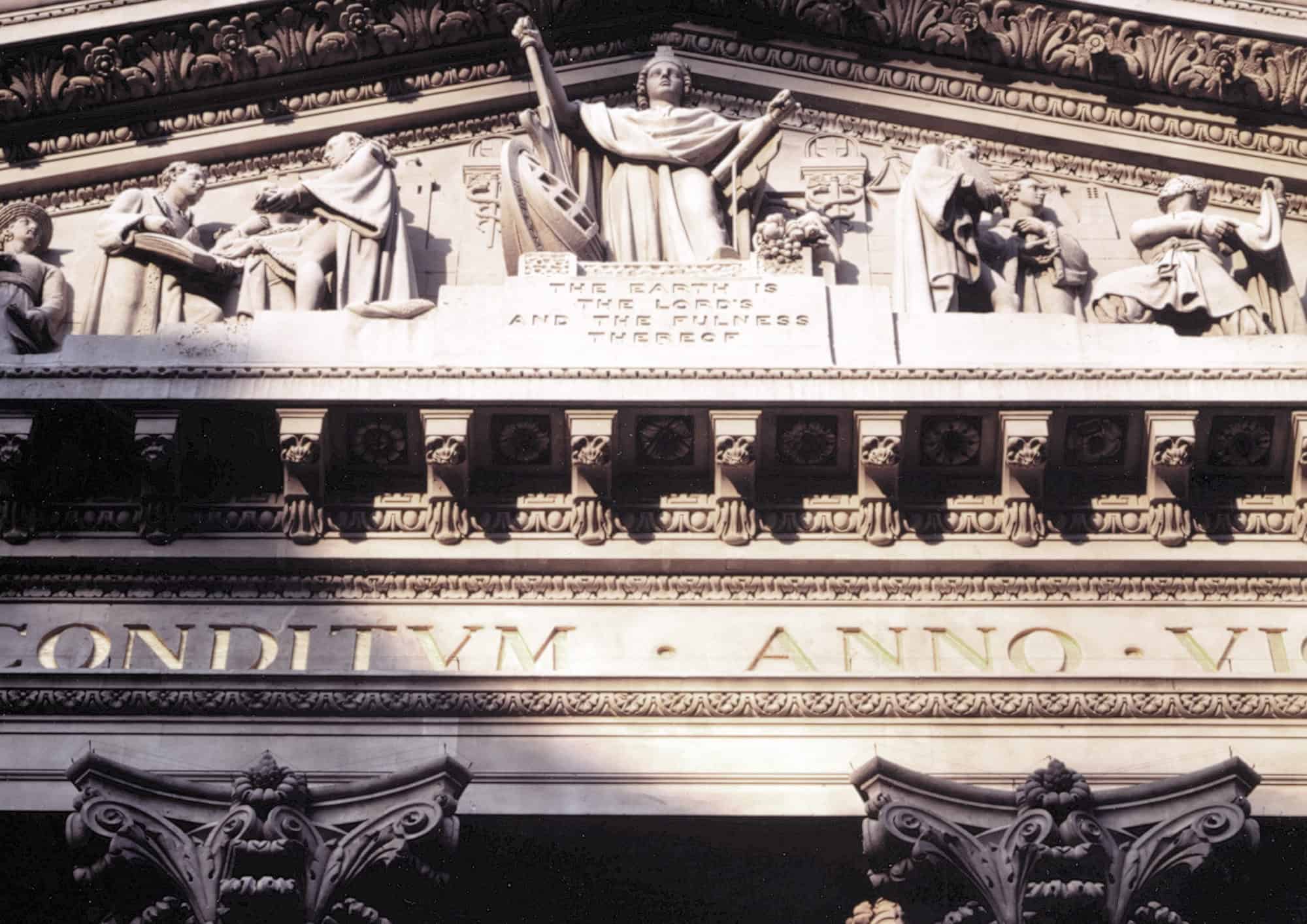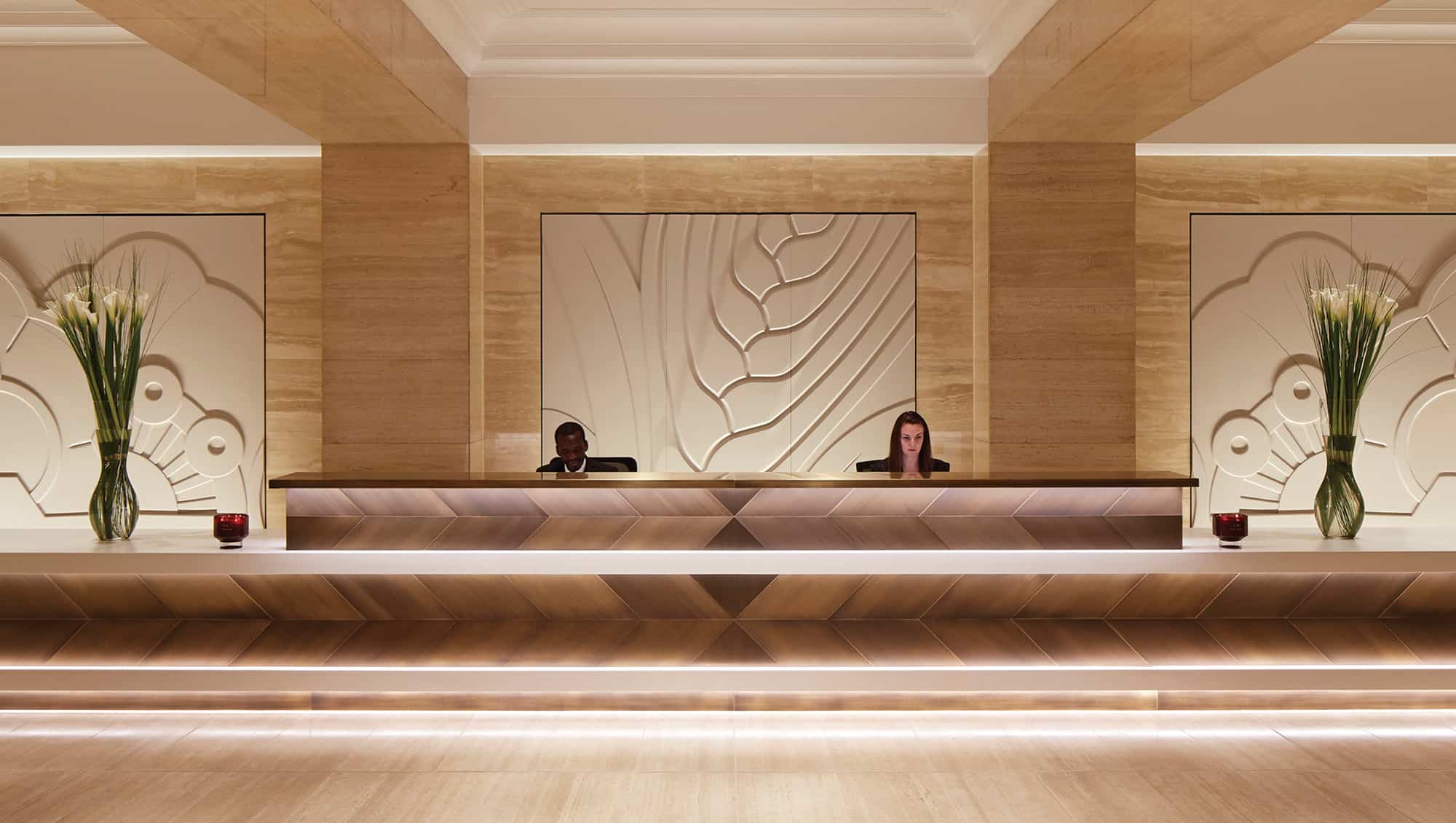City of London, UK
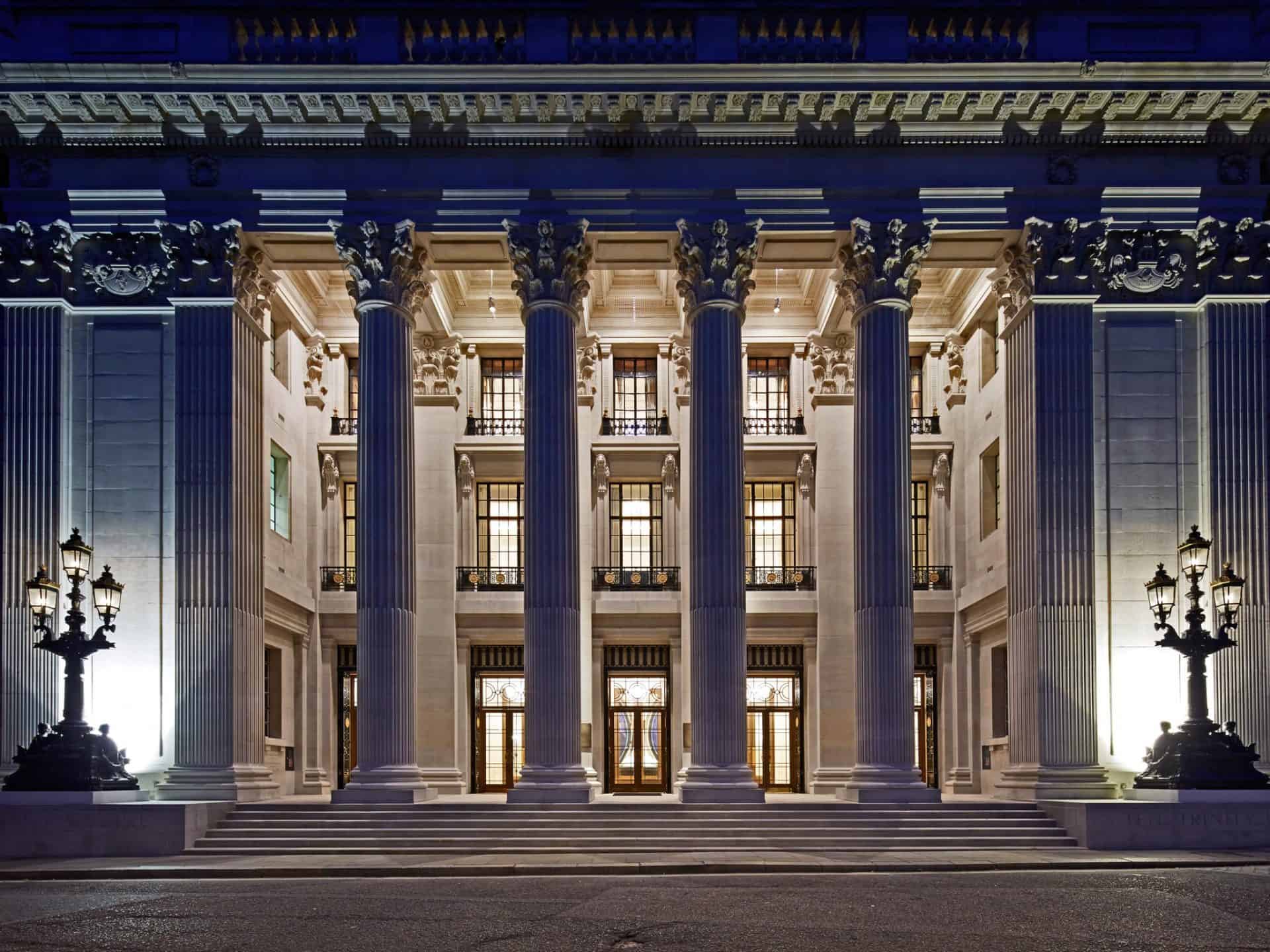
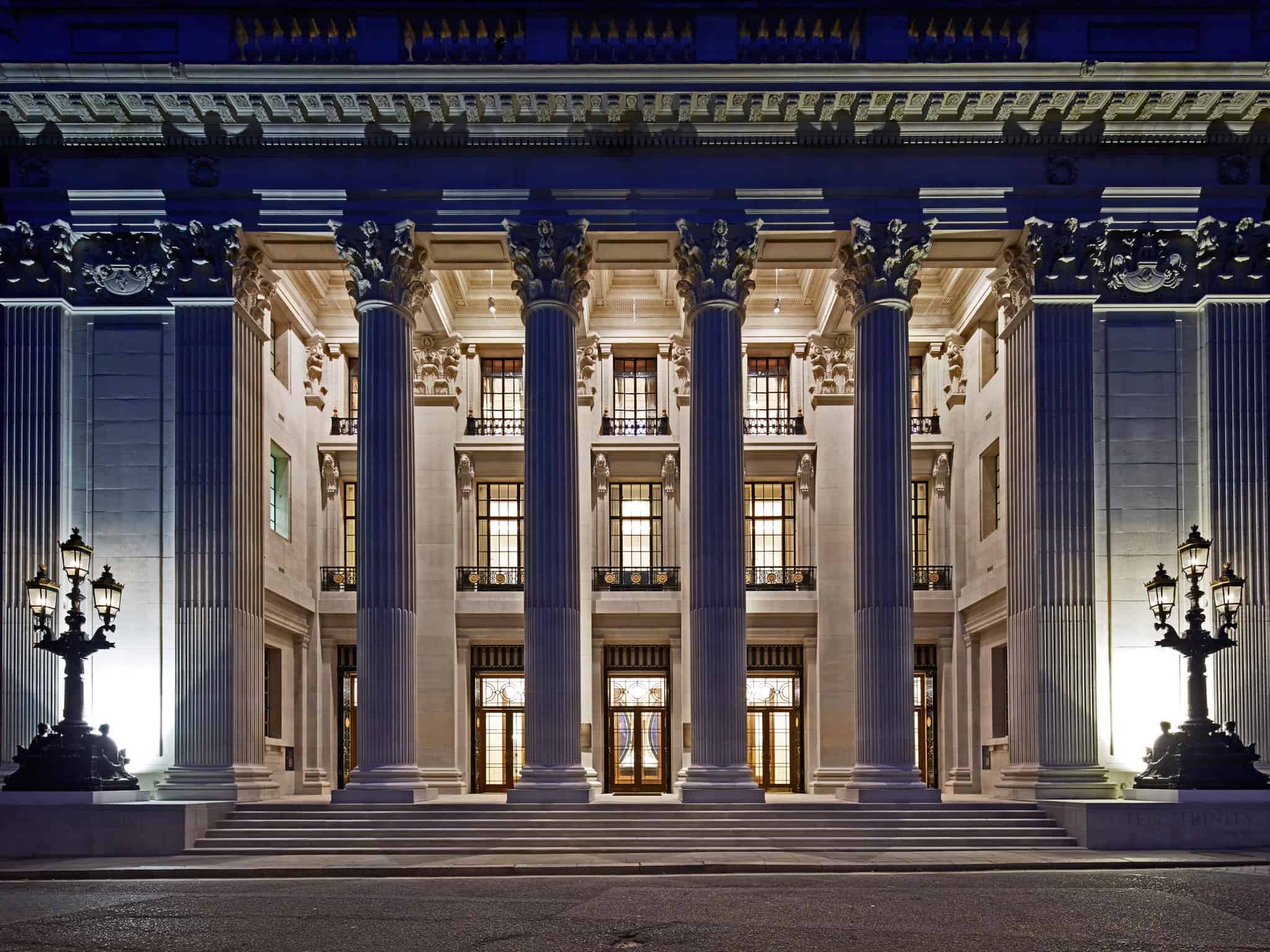
Our design approach for the integration of a new 5* hotel into the former Port of London Authority building in the City of London was based on three core fundamental values: restoration, repurposing and remembrance
Project Details
Collective Team
The conversion of the historic Beaux-Arts Grade II* listed former Port of London Authority building in the City of London, originally built in 1922, into an award-winning Four Seasons hotel and apartments.
The landmark building has an imposing four columned entrance portico overlooking Trinity Square Gardens and addresses the Tower Hill World Heritage Site directly opposite.
The project included sensitive interventions and highly complex services distribution within Listed Interiors, with an extensive consultation process with The City of London and Historic England and complex coordination with international concept designers and the contractor.
The new hotel has 100 guest rooms and 41 apartments, two restaurants, including the Michelin two star La Dame de Pic London, and the Rotunda bar; the restored UN Ballroom and Merchants’ Hall, a suite of club and meeting rooms and a luxury spa.
Rather than create reproduction interiors, it was decided to restore and preserve as many of the surviving original features as possible including for example the walnut panelling and rich carvings in the old board room of the Port of London Authority which, in 1946, hosted the reception for the first meeting of the United Nations.
The elegant new glazed rotunda in the courtyard references the original, damaged during World War II. Following an ‘East meets West’ theme, the redevelopment references the history of the building as a centre for international trade and dialogue.
This complex redevelopment is the product of a careful collaboration with an international client, consultant and design team. As lead architect and executive interior designer, we have worked closely with the contractor, including a team of craftsmen and artisans, to carefully repurpose the existing spaces in the building, inserting new elements, textures and materials to create a thoroughly contemporary blend of history and hospitality.
A new basement under the existing building provides additional structural and archaeological challenges while the co-ordination of services through the new elements and existing historic fabric is essential to the success of the scheme.
Retained Listed interiors are repaired and fully restored with new services, lighting and technology unobtrusively integrated.
Existing spaces, typically offices and circulation spaces, are repurposed to accommodate guestrooms, function rooms, new vertical transport and back of house areas. These tend to require more substantial bulk servicing than the existing spaces, which are integrated using discreet new service zones in walls, floors and ceilings.
Where new interiors have been designed, they reference a dialogue between the building’s history and its proposed new use, drawing on historic building elements such as the rotunda rooflights lost in WW2 bomb damage.
Where new interiors have been designed, they reference a dialogue between the building’s history and its proposed new use, drawing on historic building elements such as the rotunda roof lights lost in WW2 bomb damage.
The shell and core were manifestly complete when Aukett Swanke started on the project, but the hotel scheme had to be designed into both new and existing spaces. Managing this, along with delivering concepts from six separate interior designers in a phased delivery programme, required a steady experienced hand that could balance careful attention to detail with a broad, strategic overview, enabling us to deliver a seamless and fully integrated scheme.
This prestigious restoration project was winner of the 2019 annual City Heritage Award. The award, jointly nominated by the City Heritage Society and The Worshipful Company of Painter-Stainers is given to the best Conservation or Refurbishment project in the City of London.
